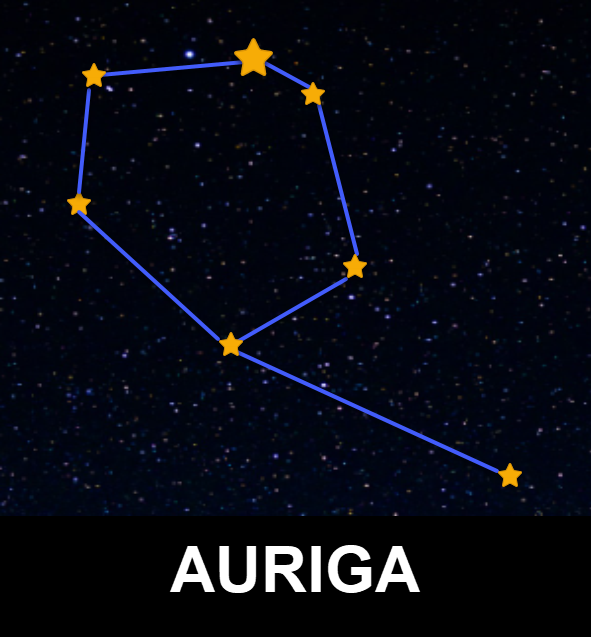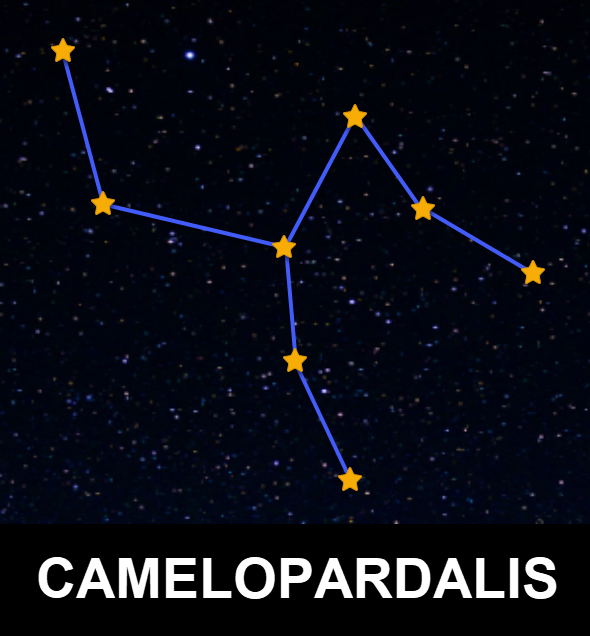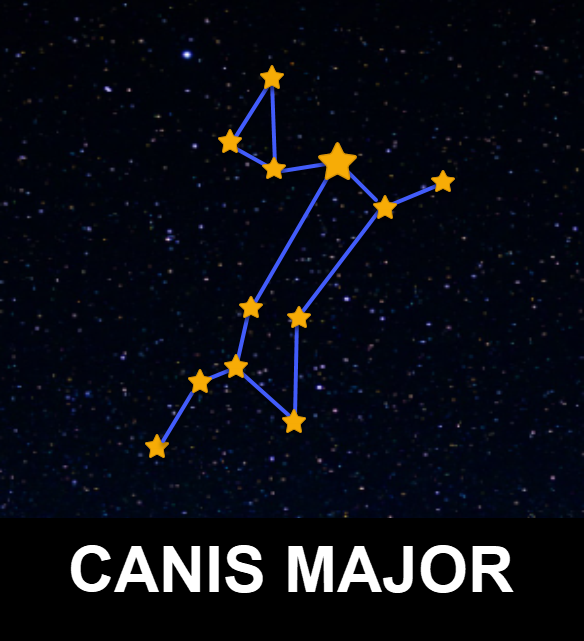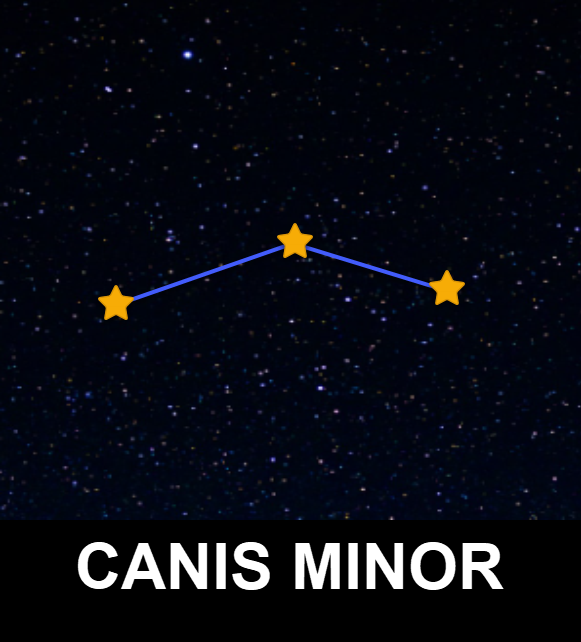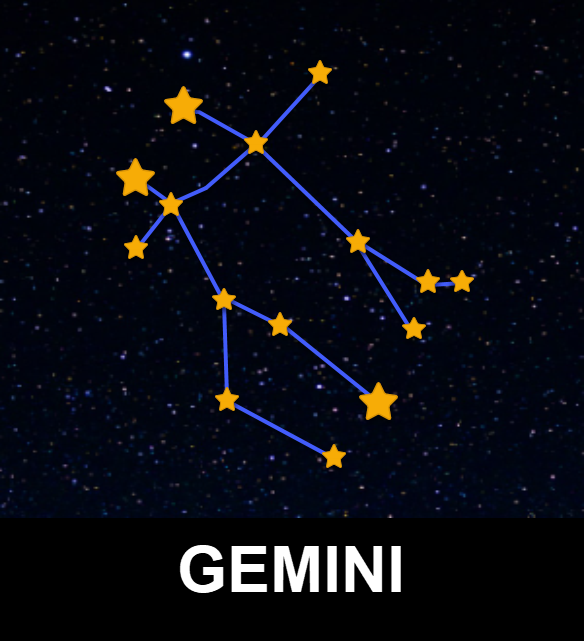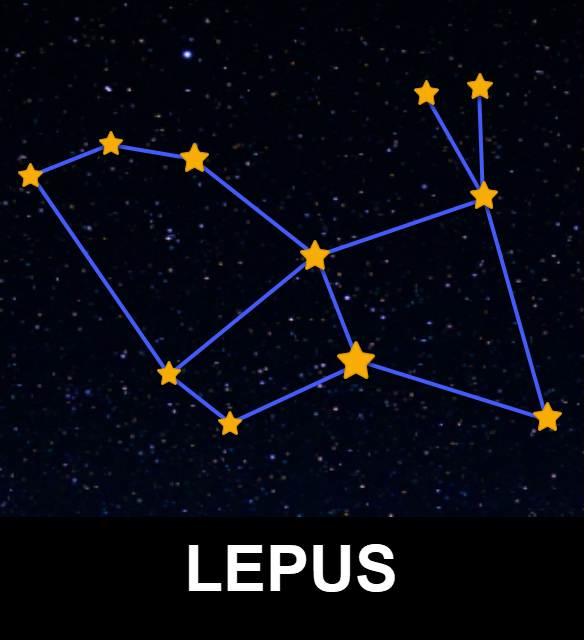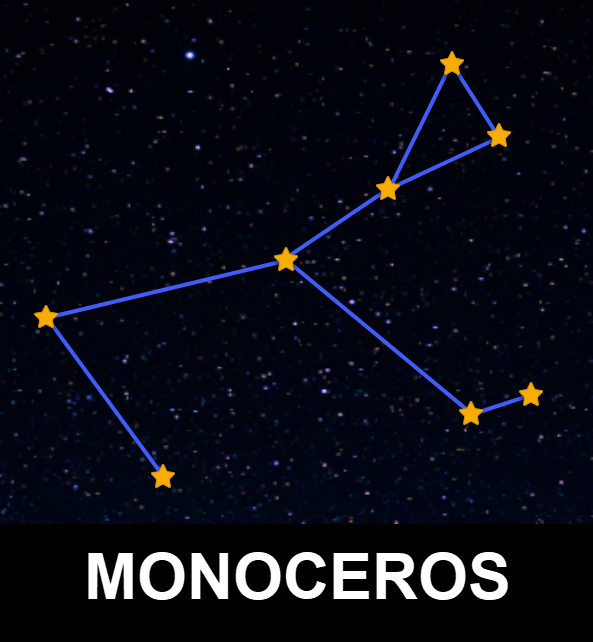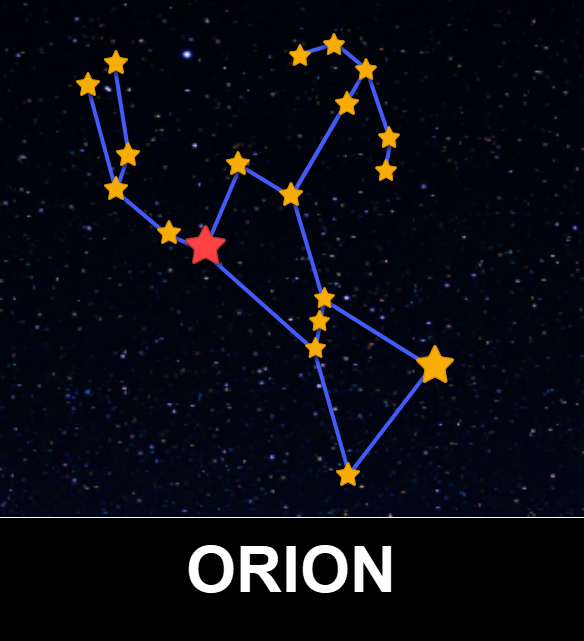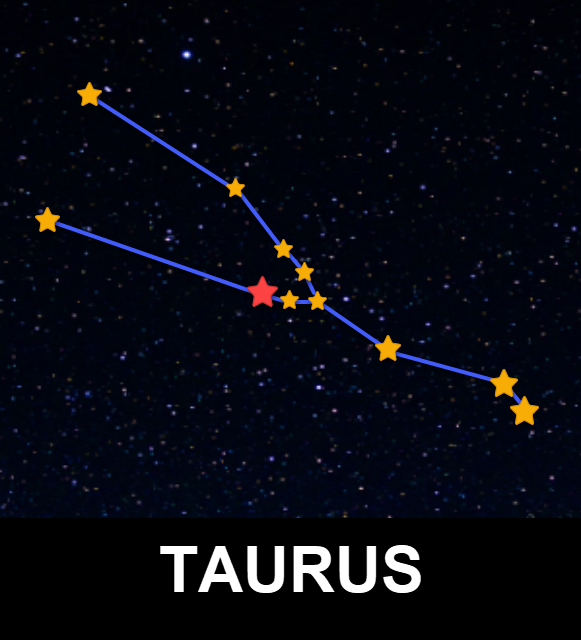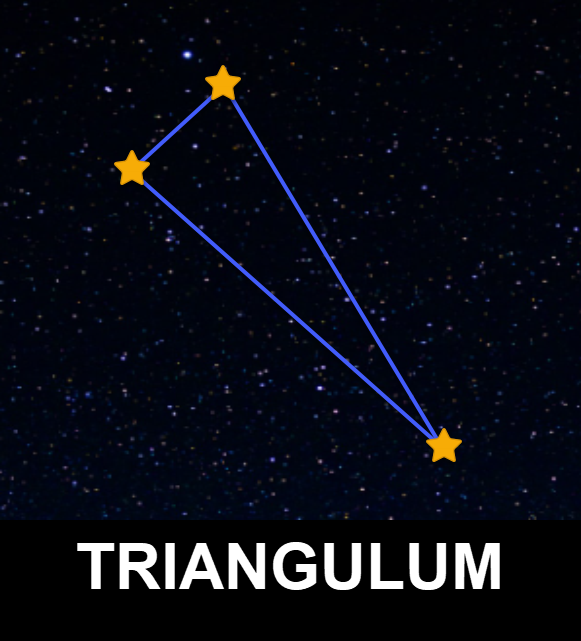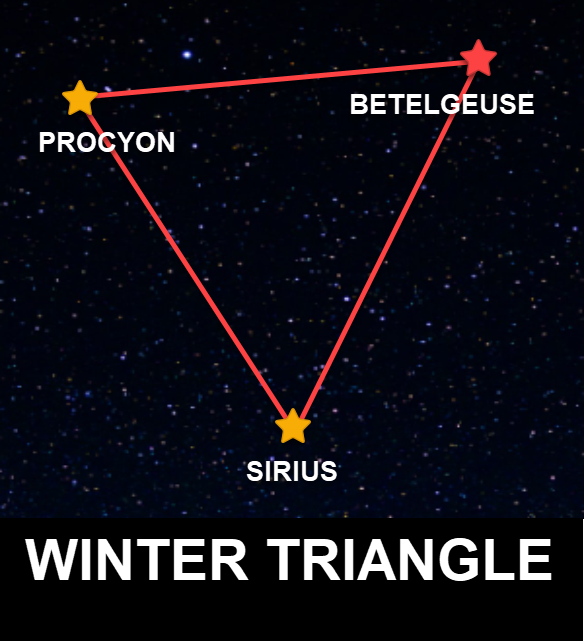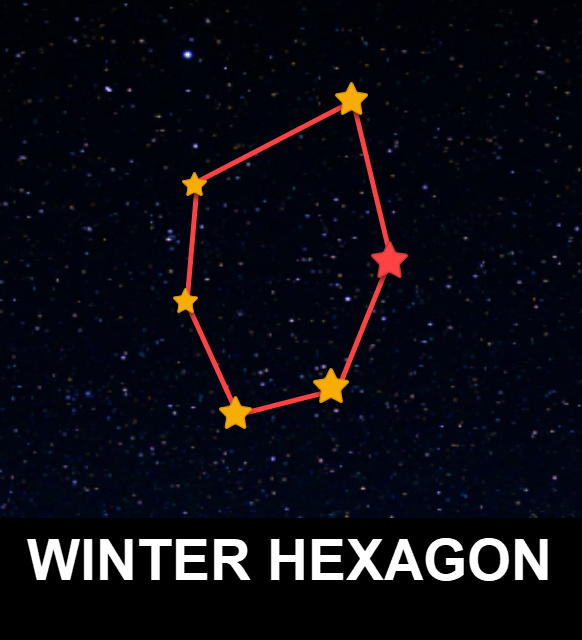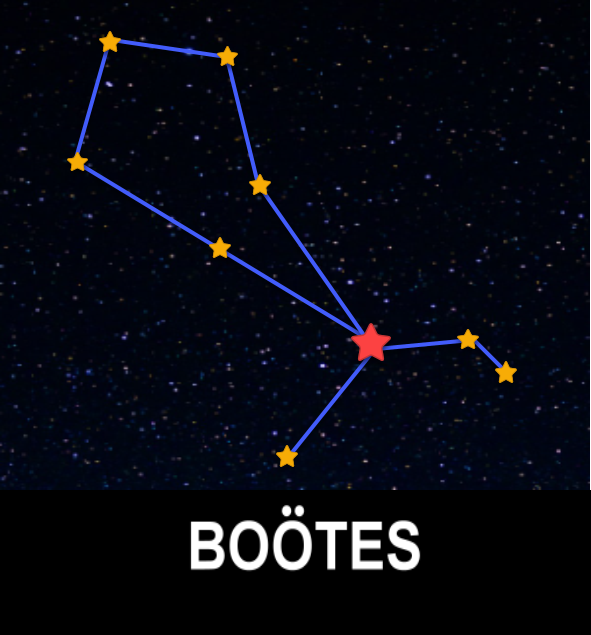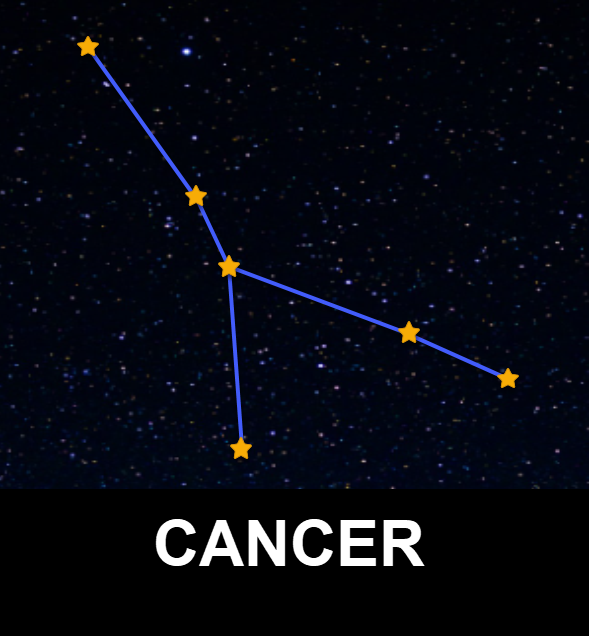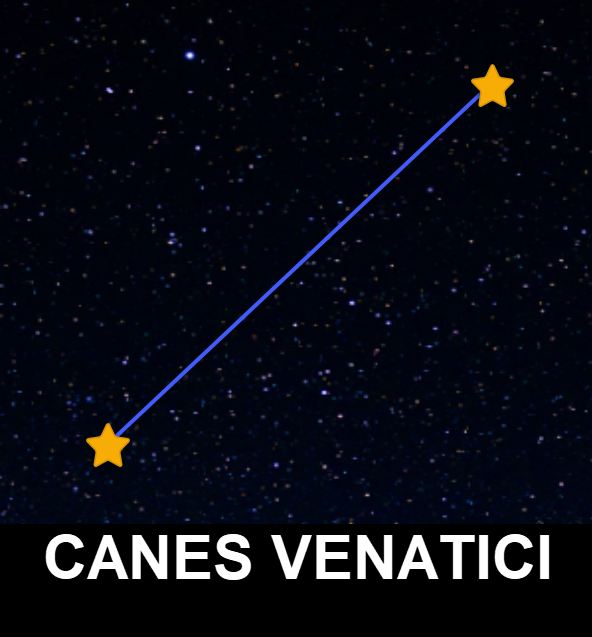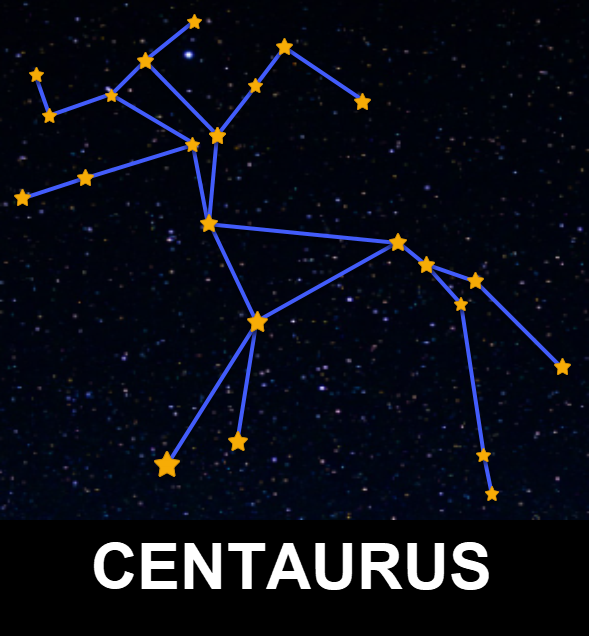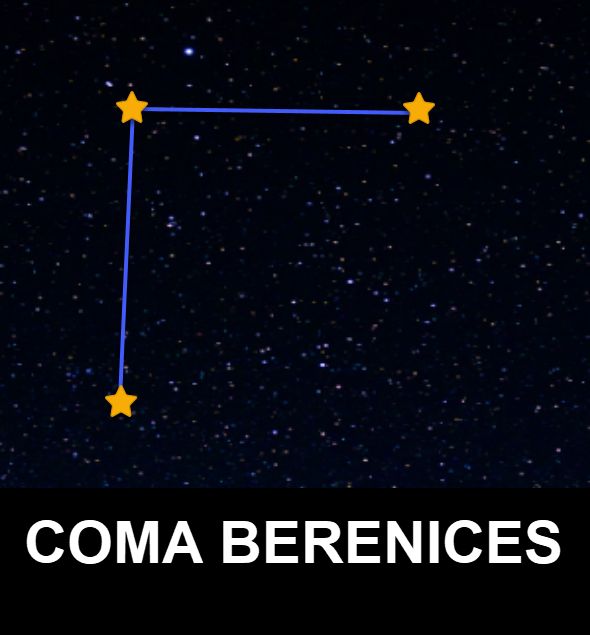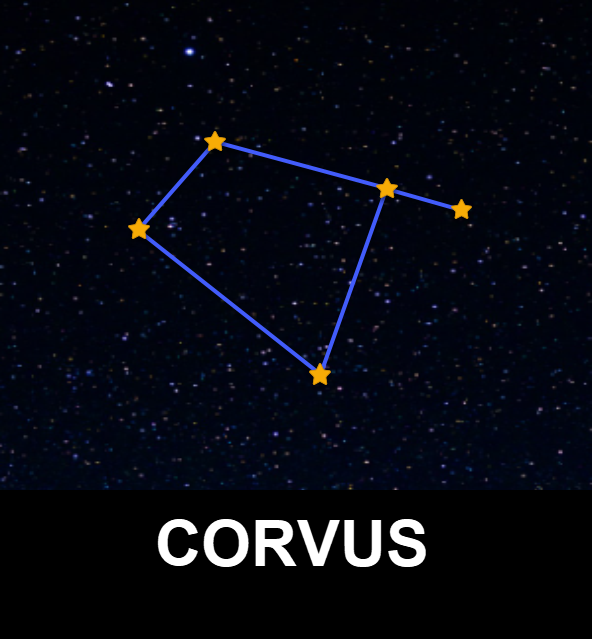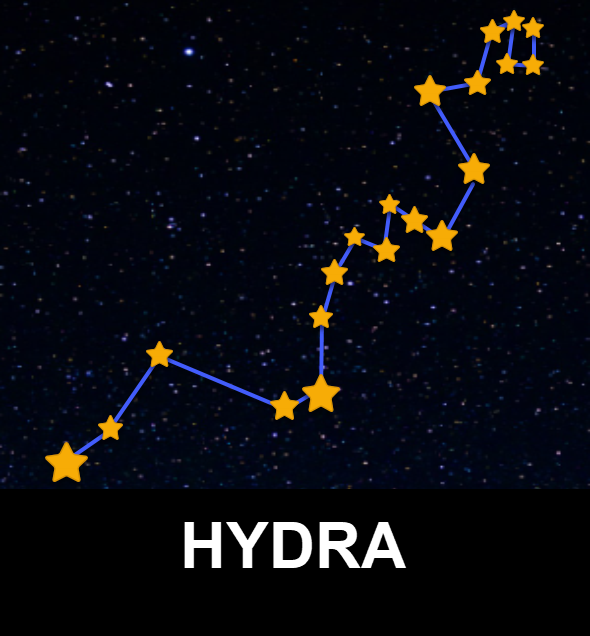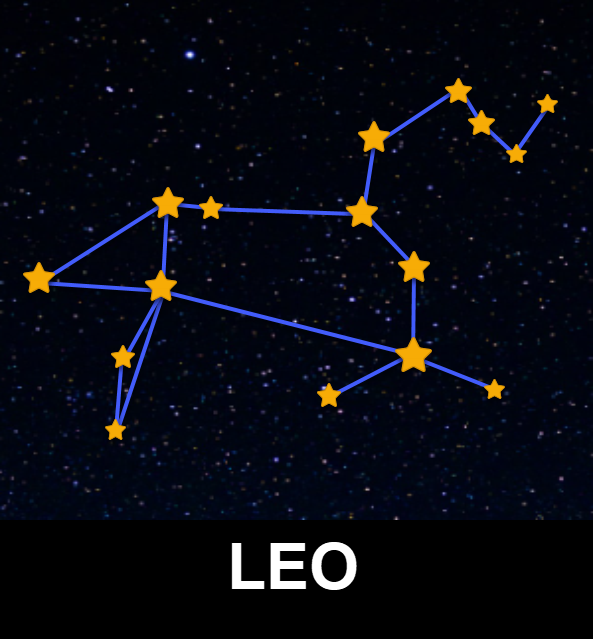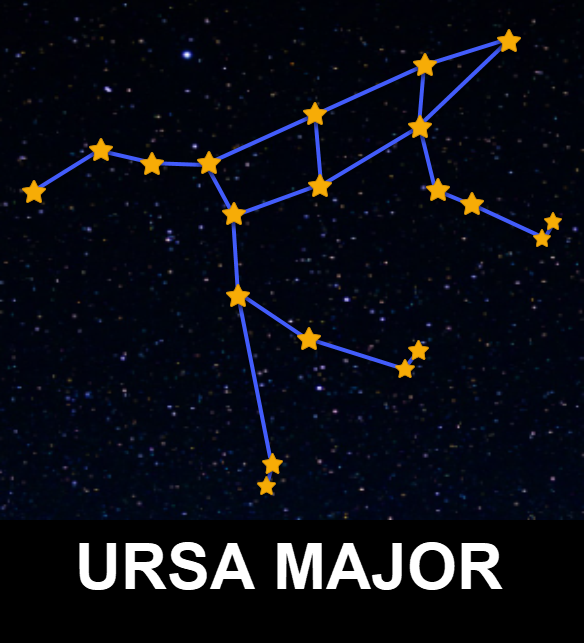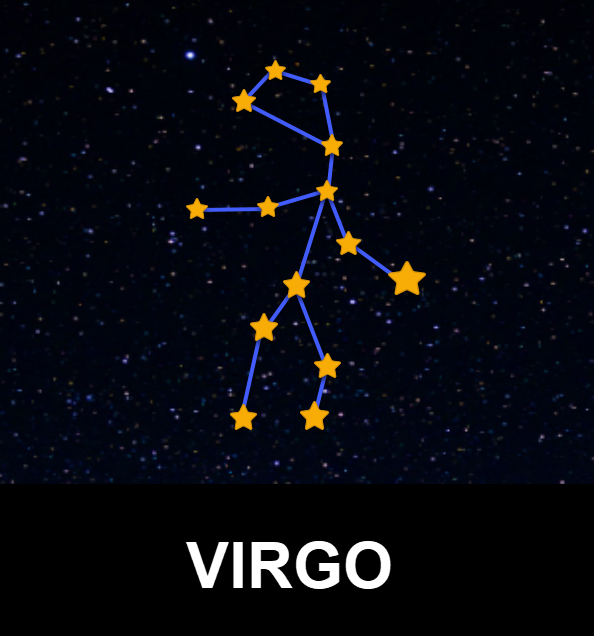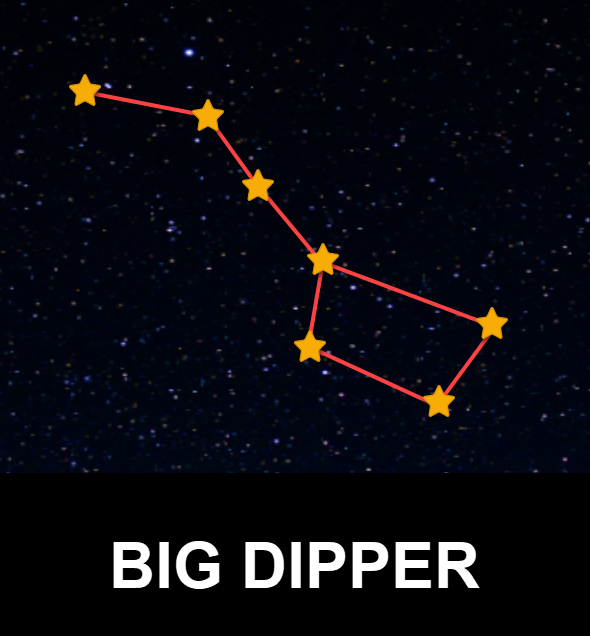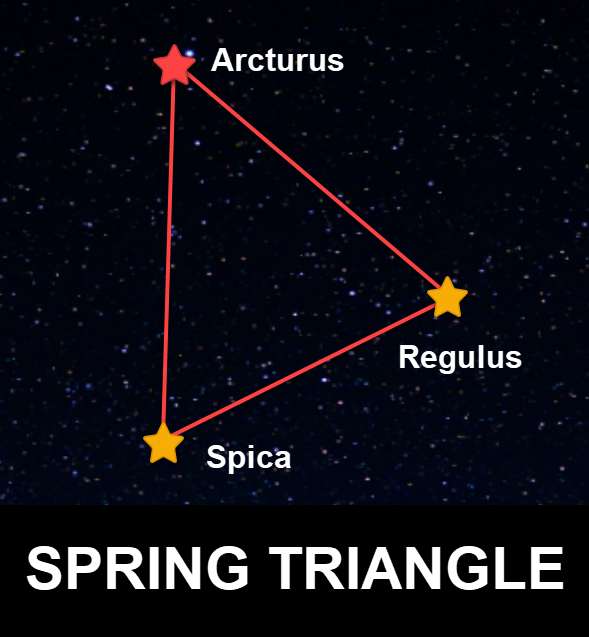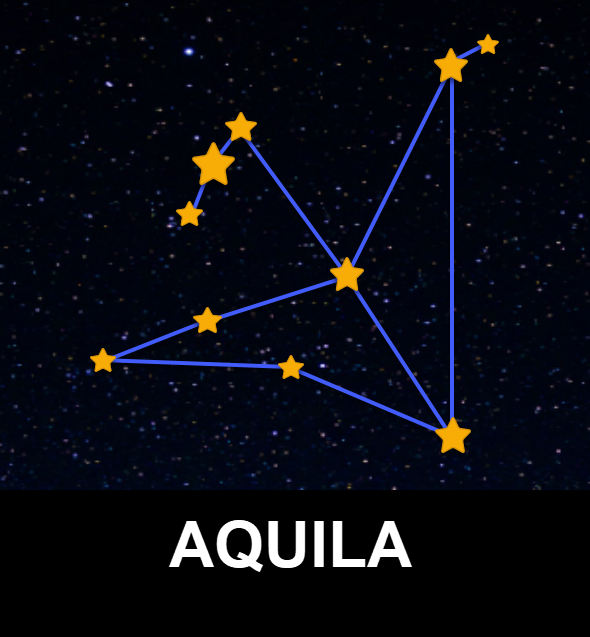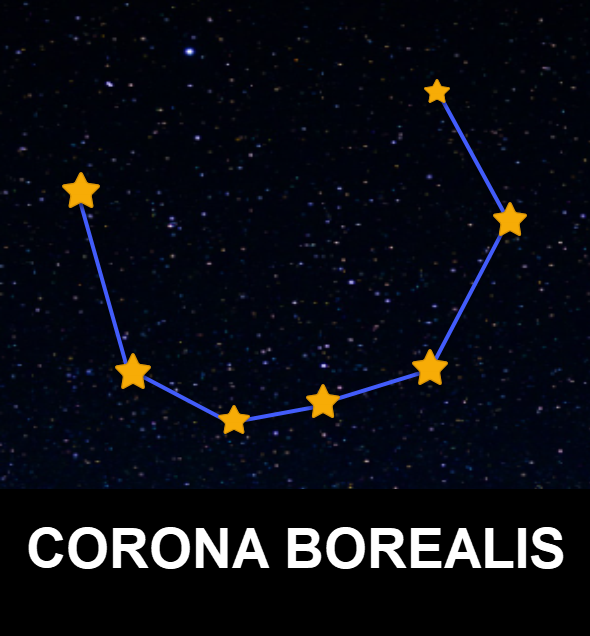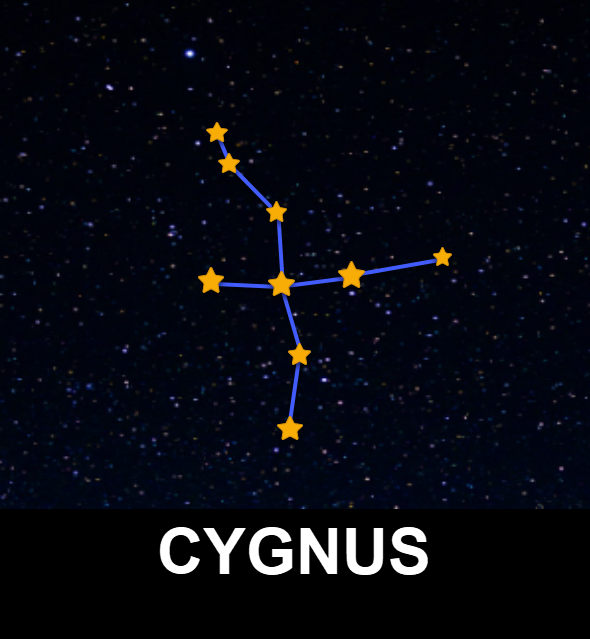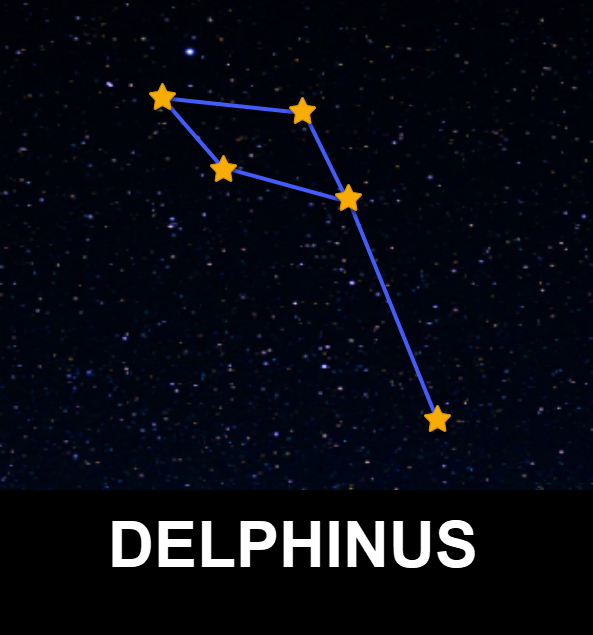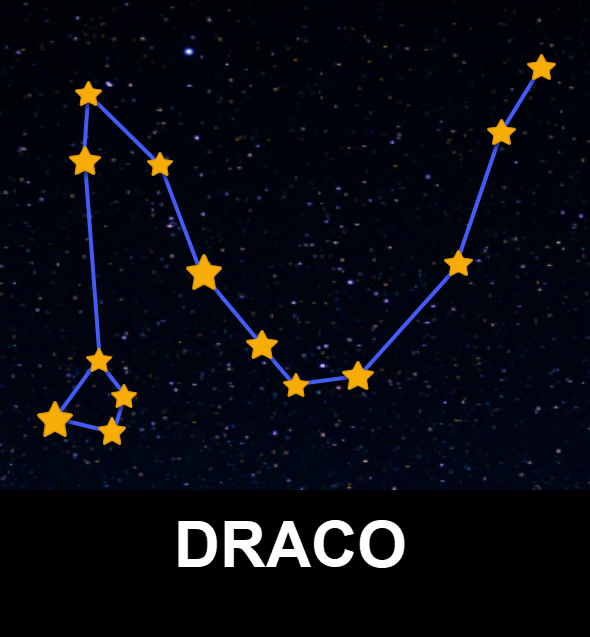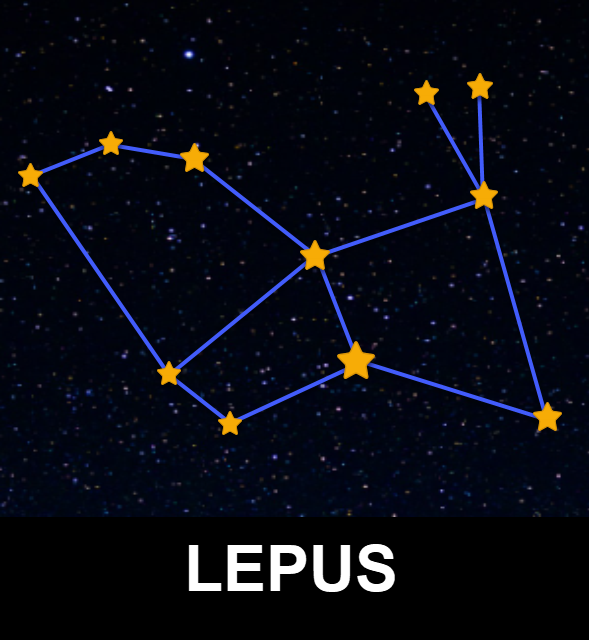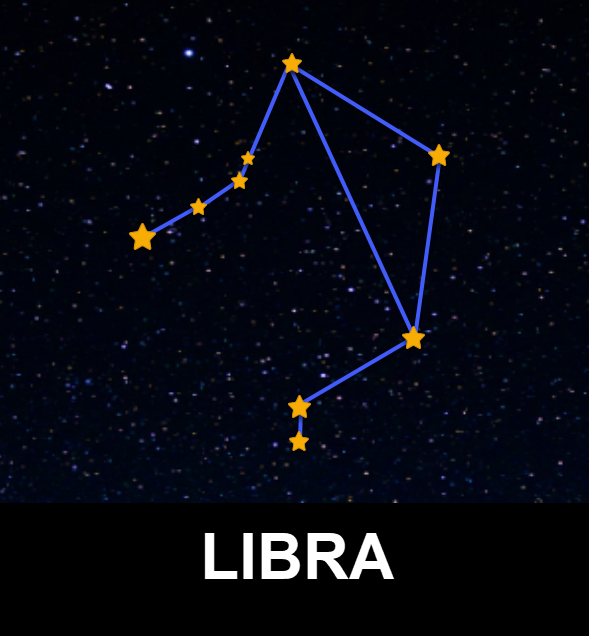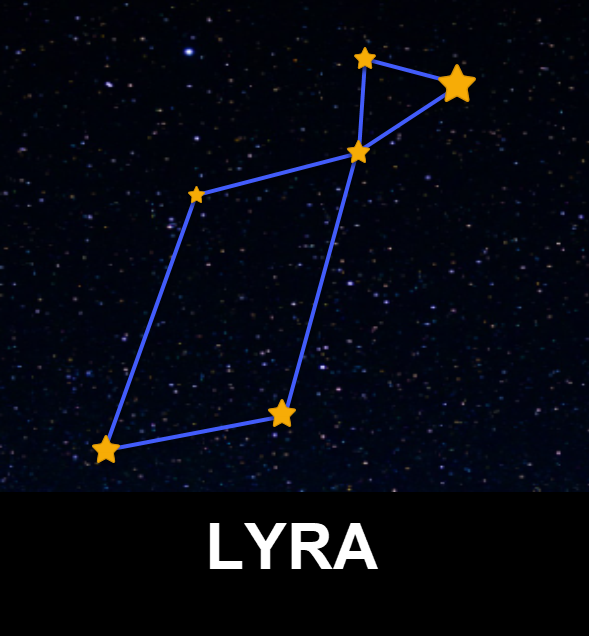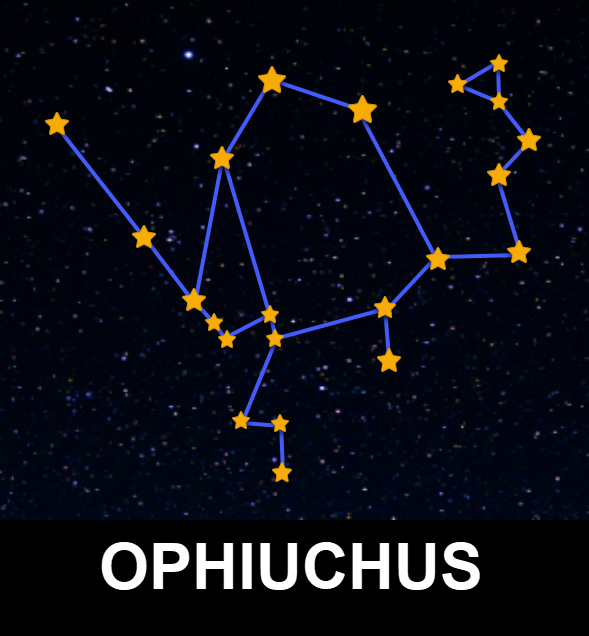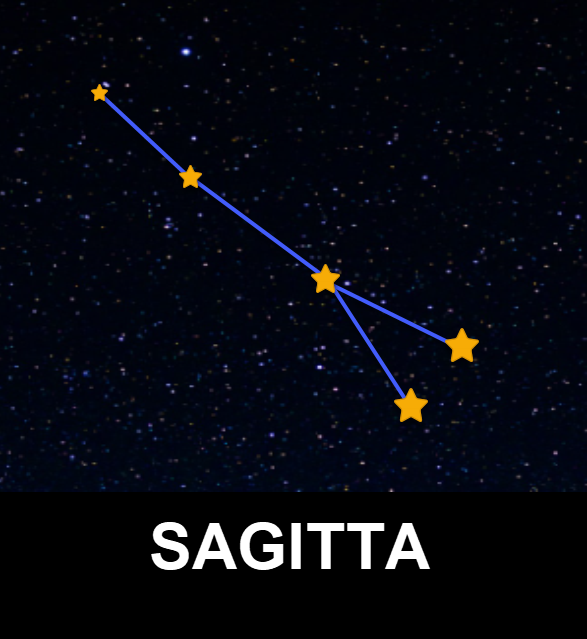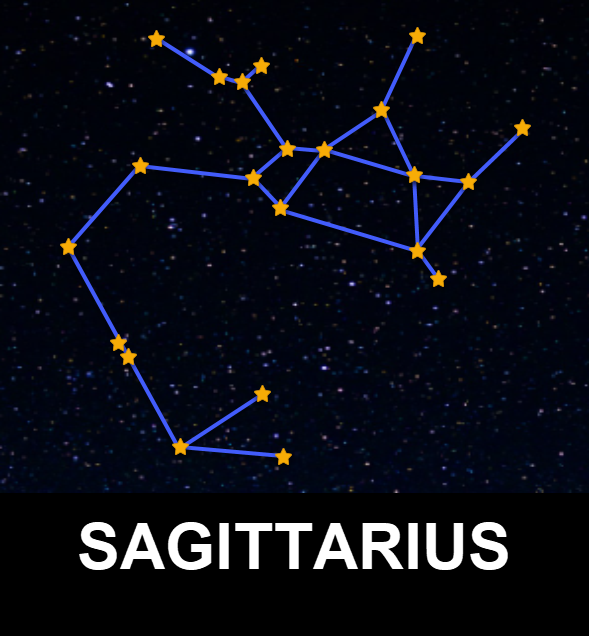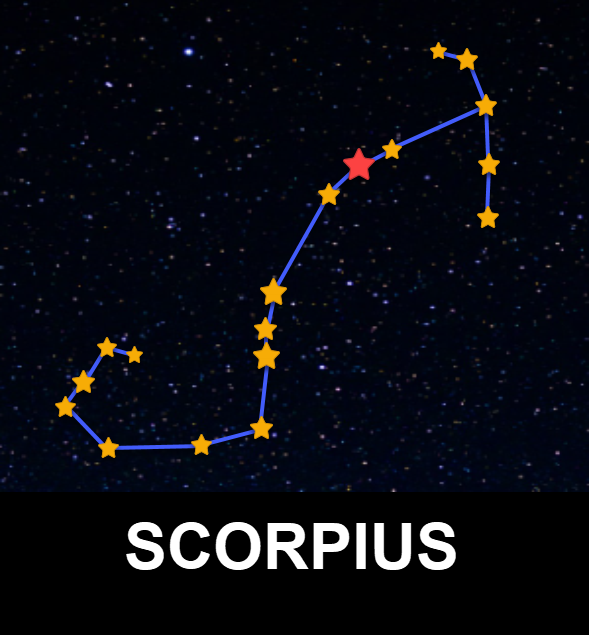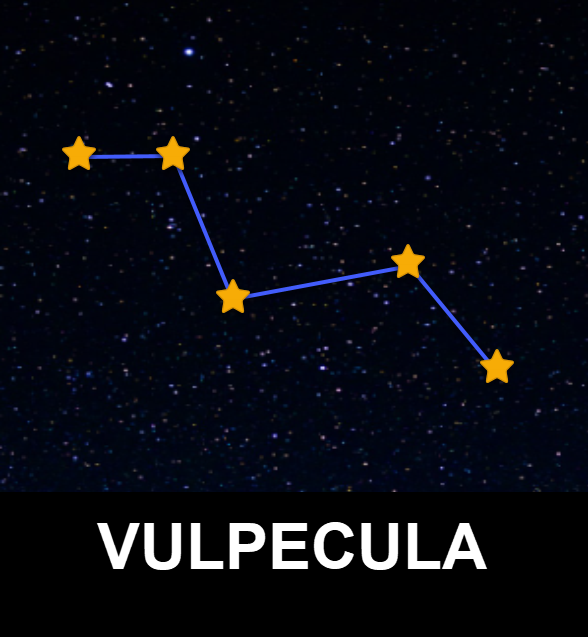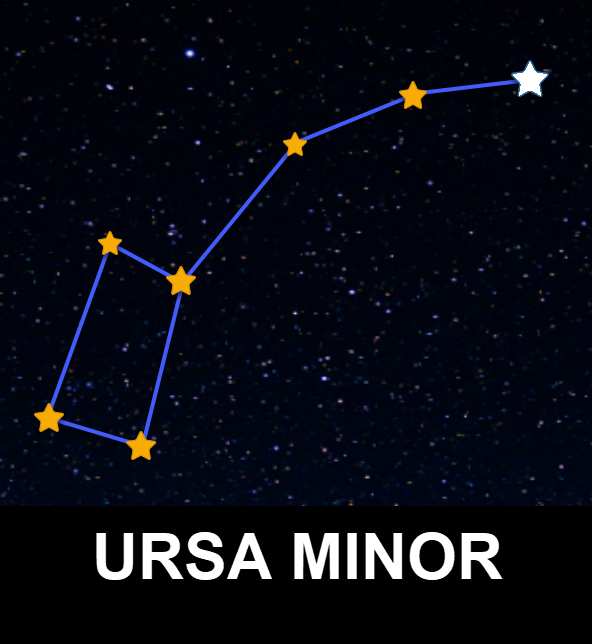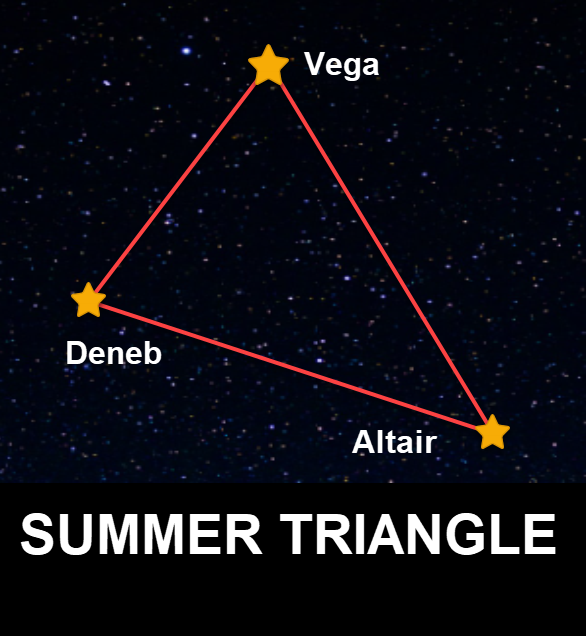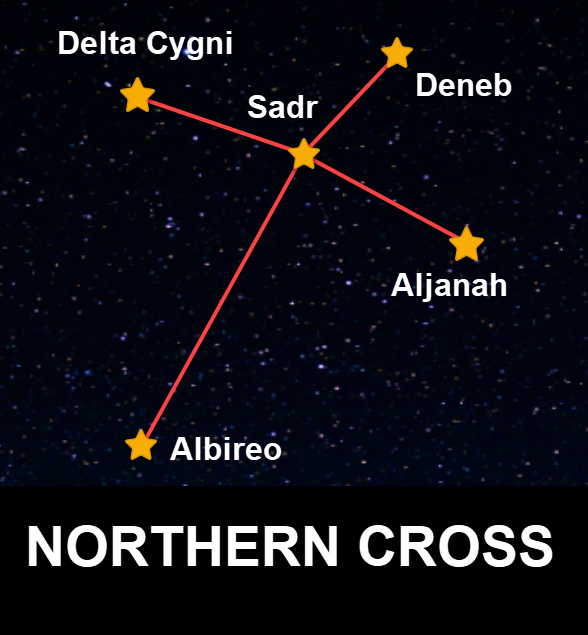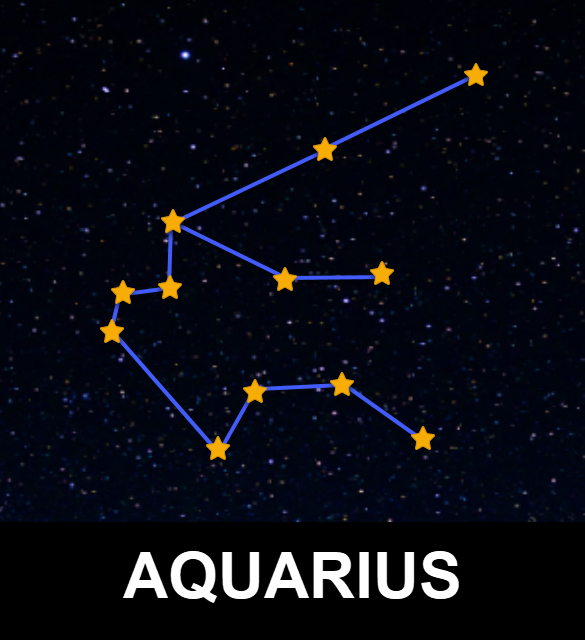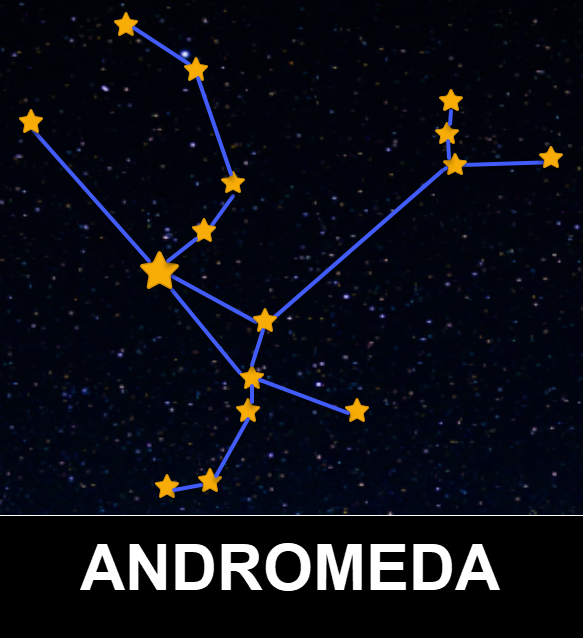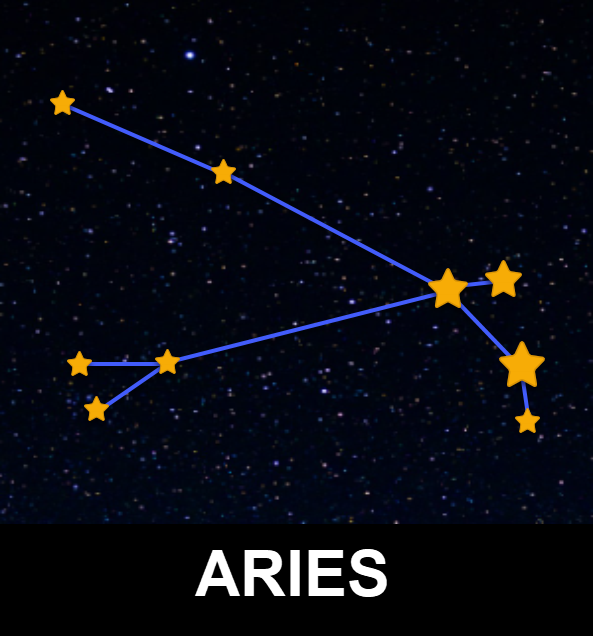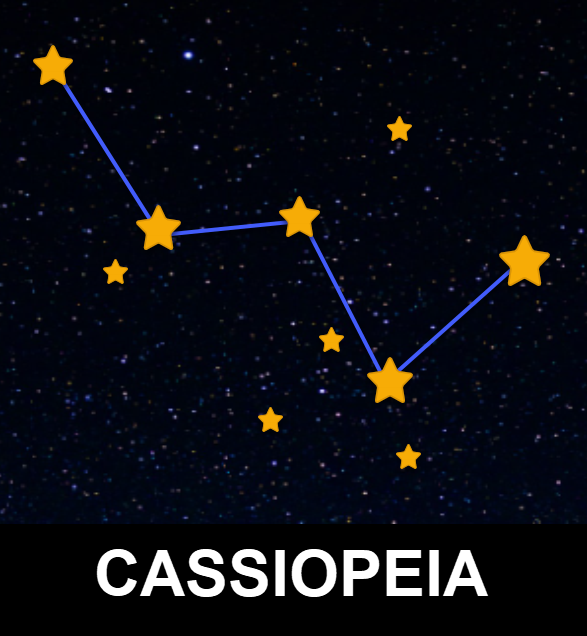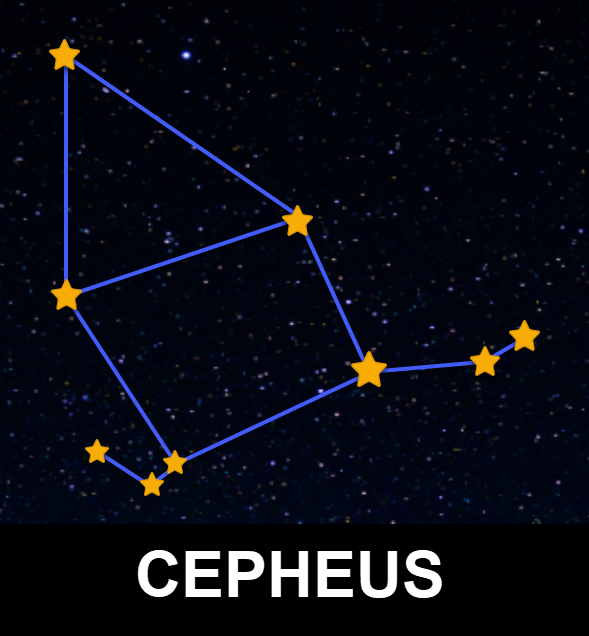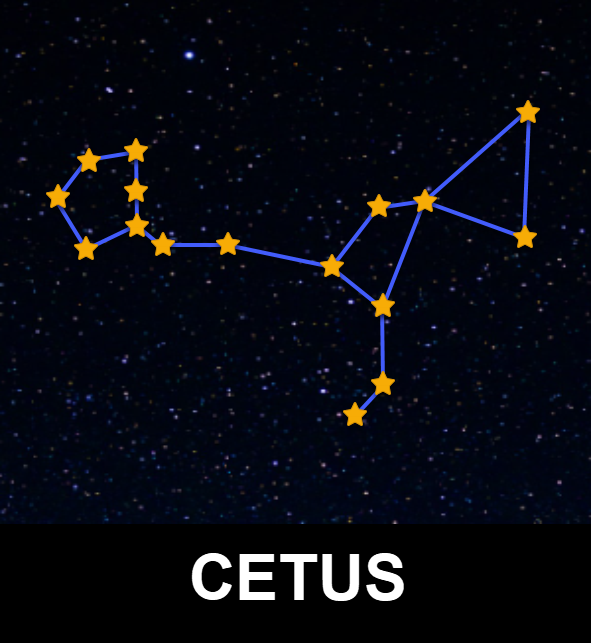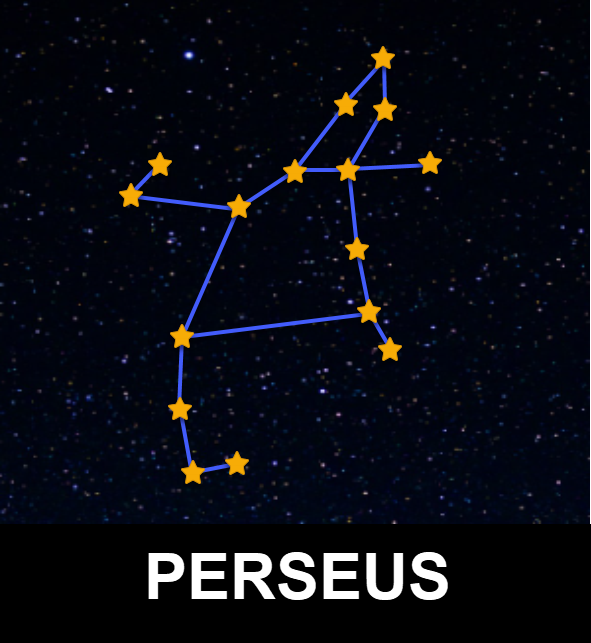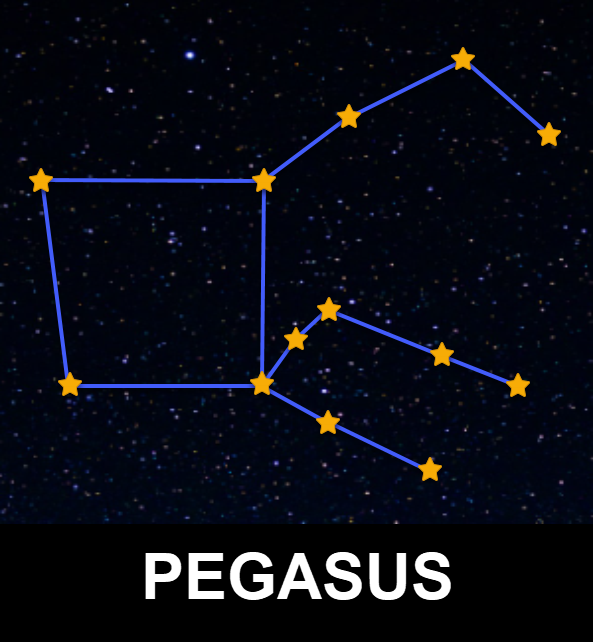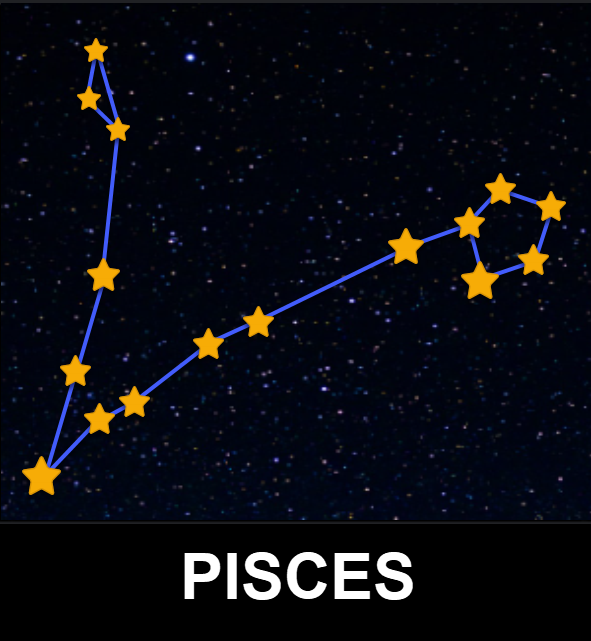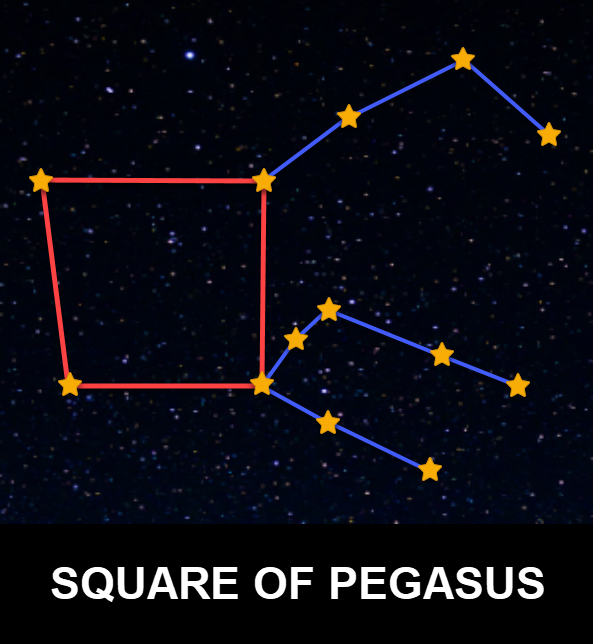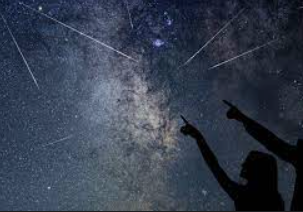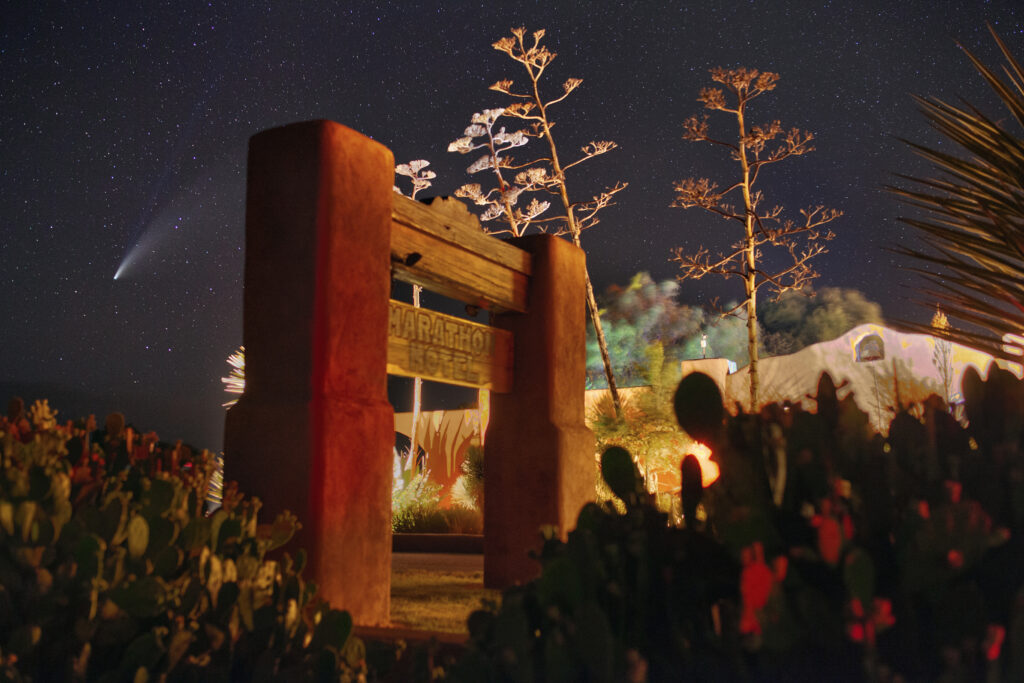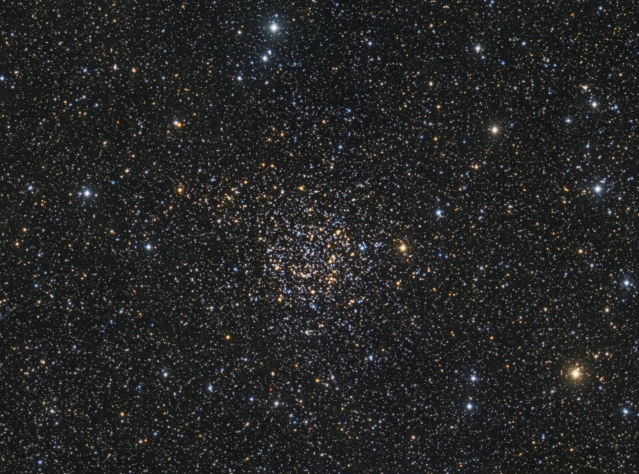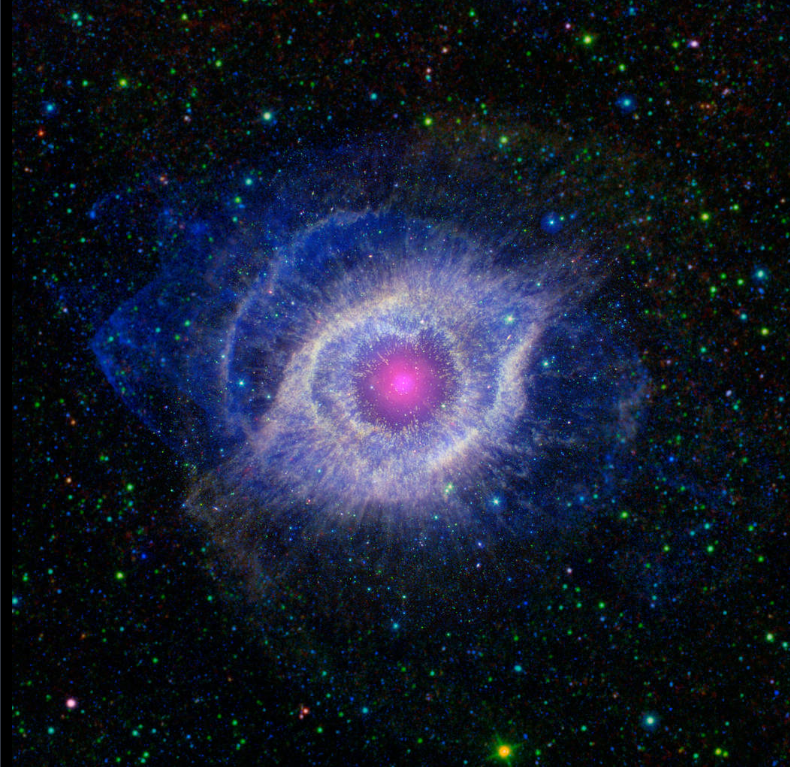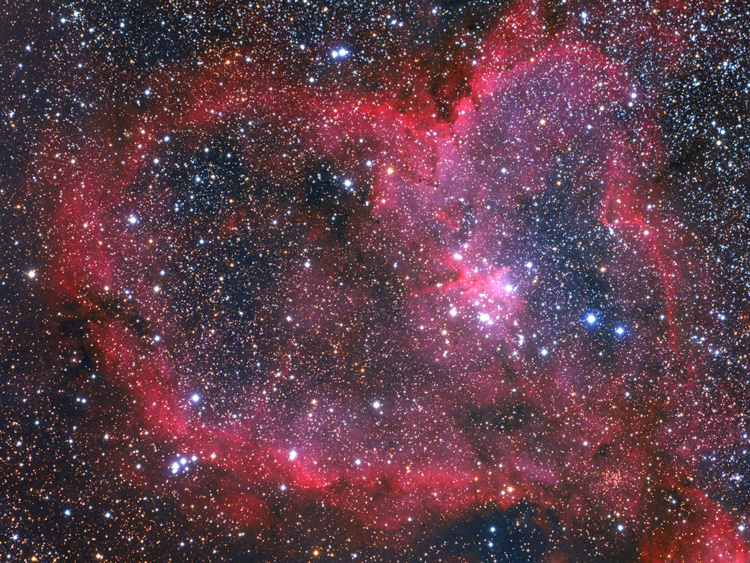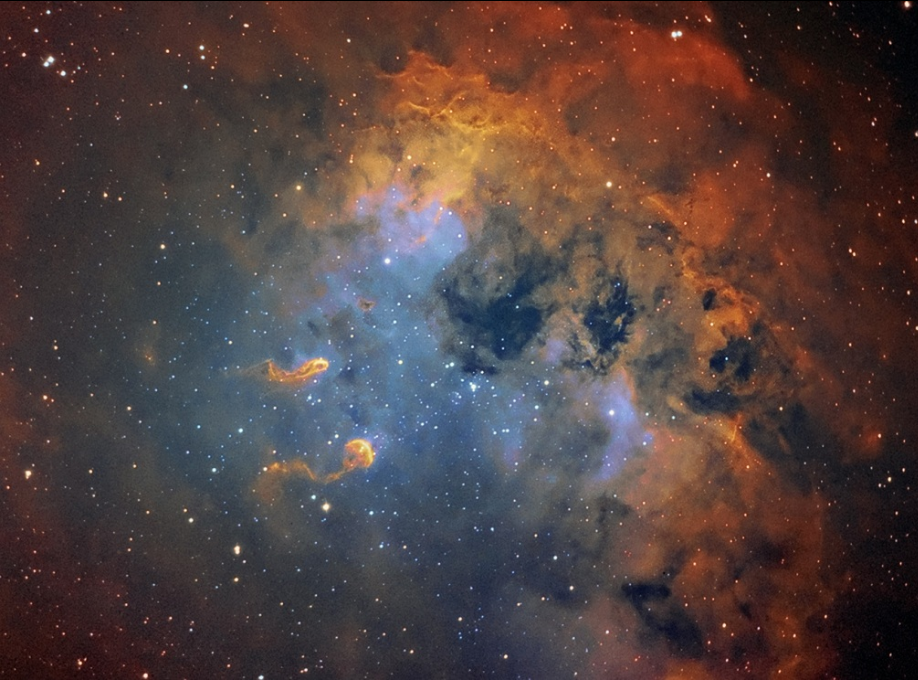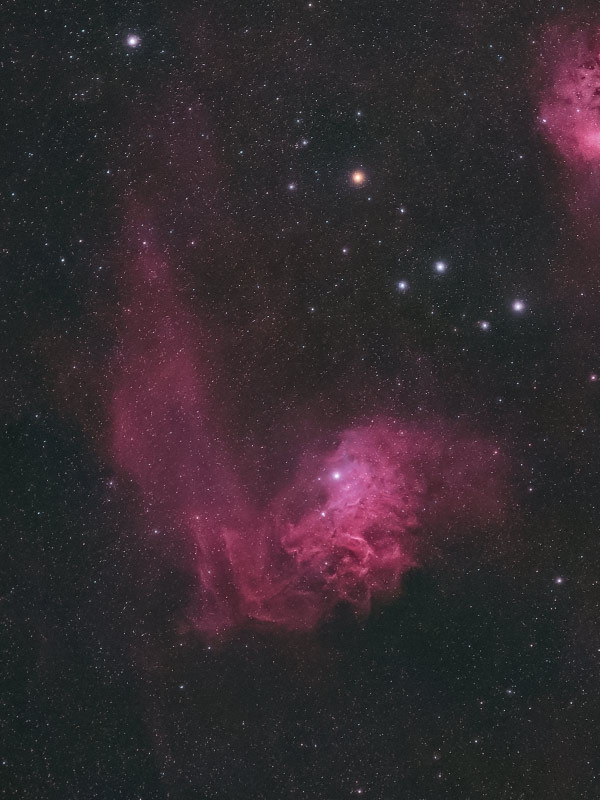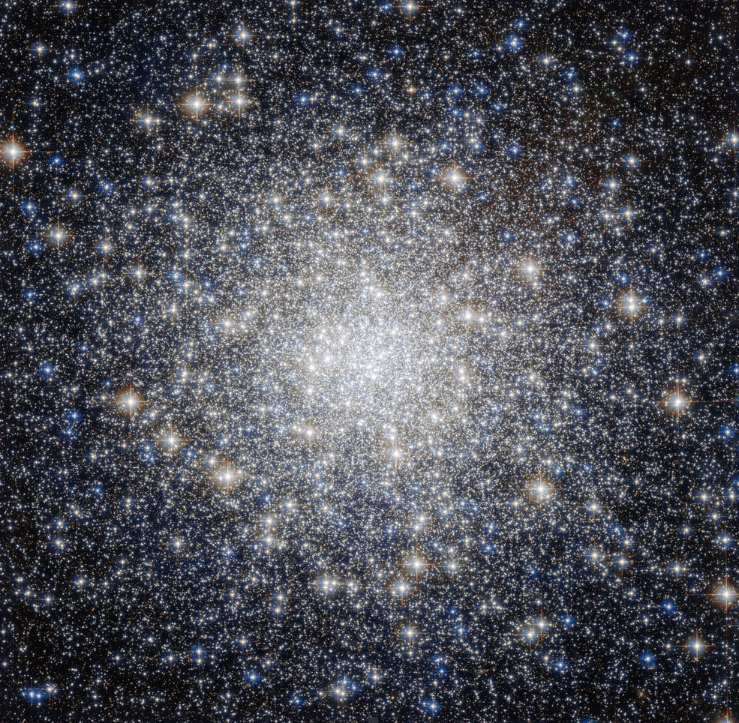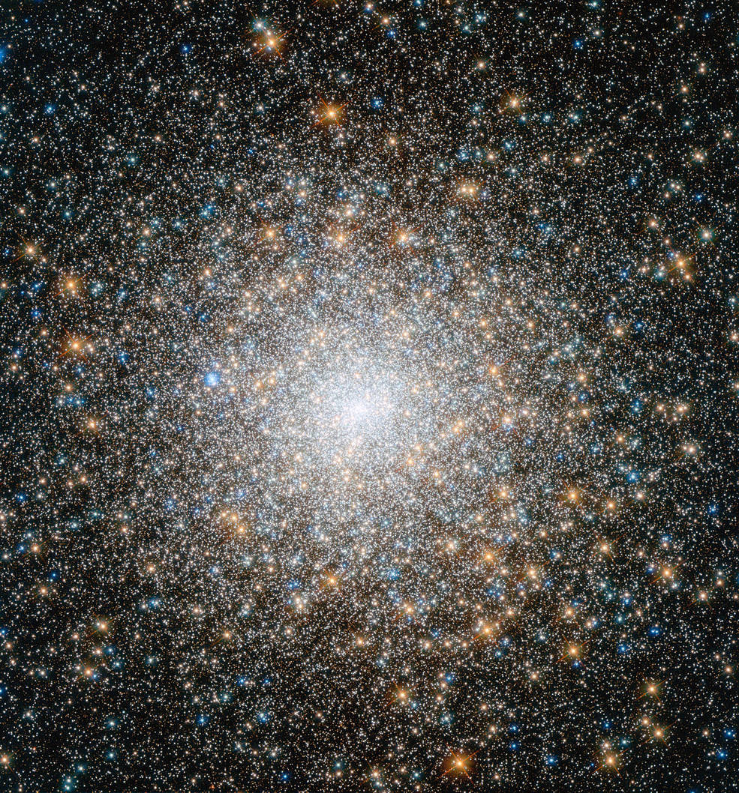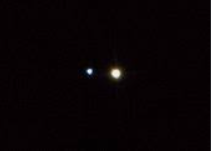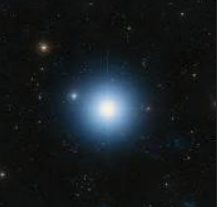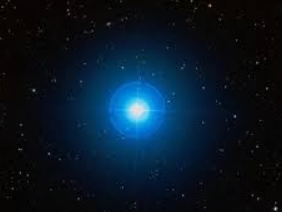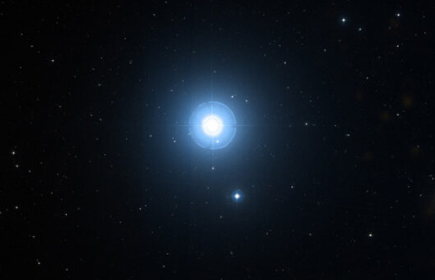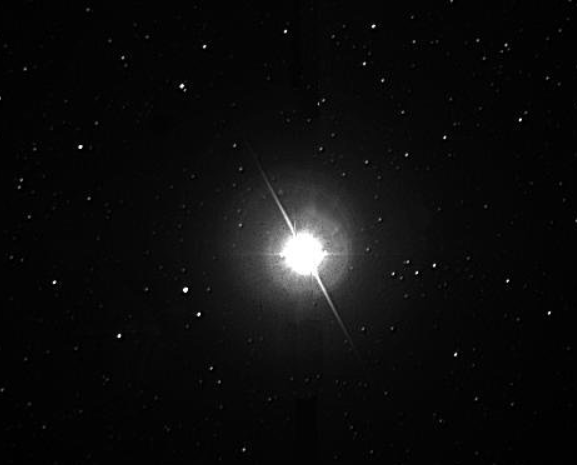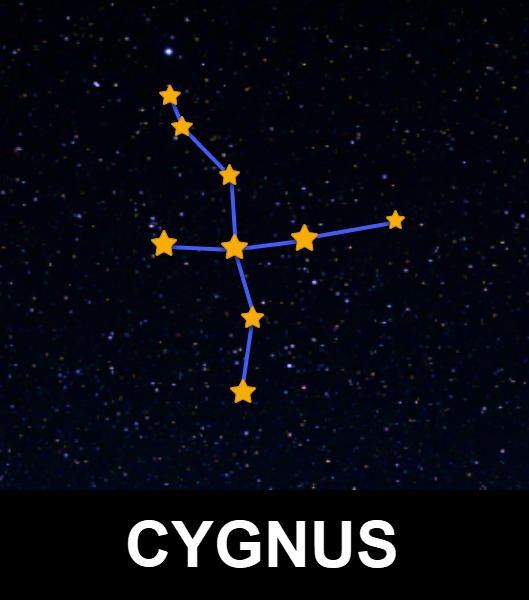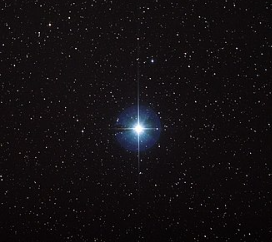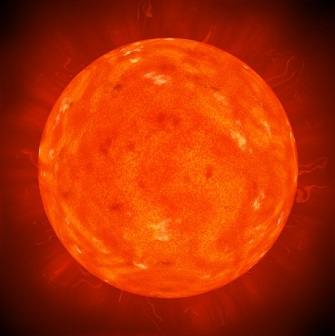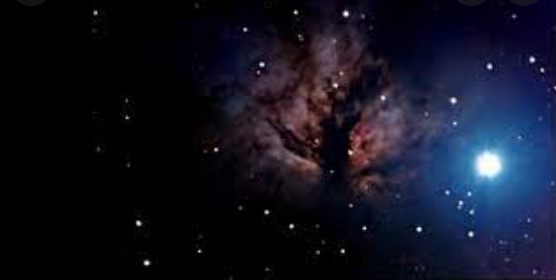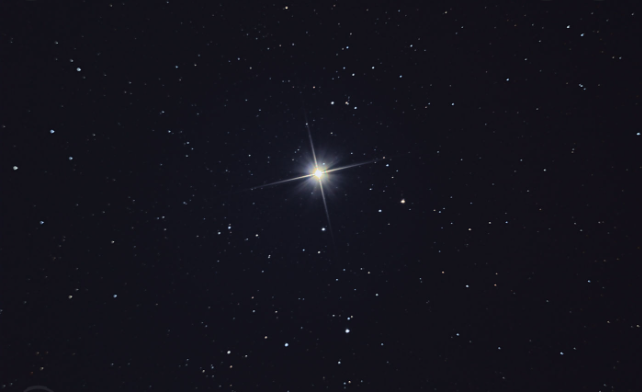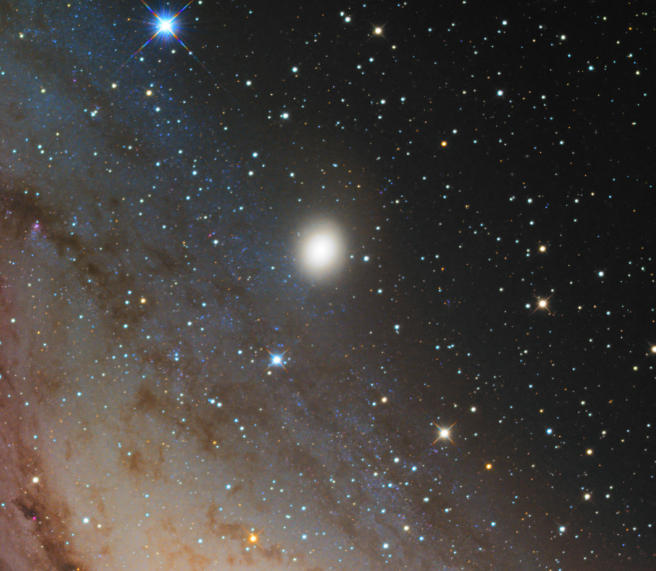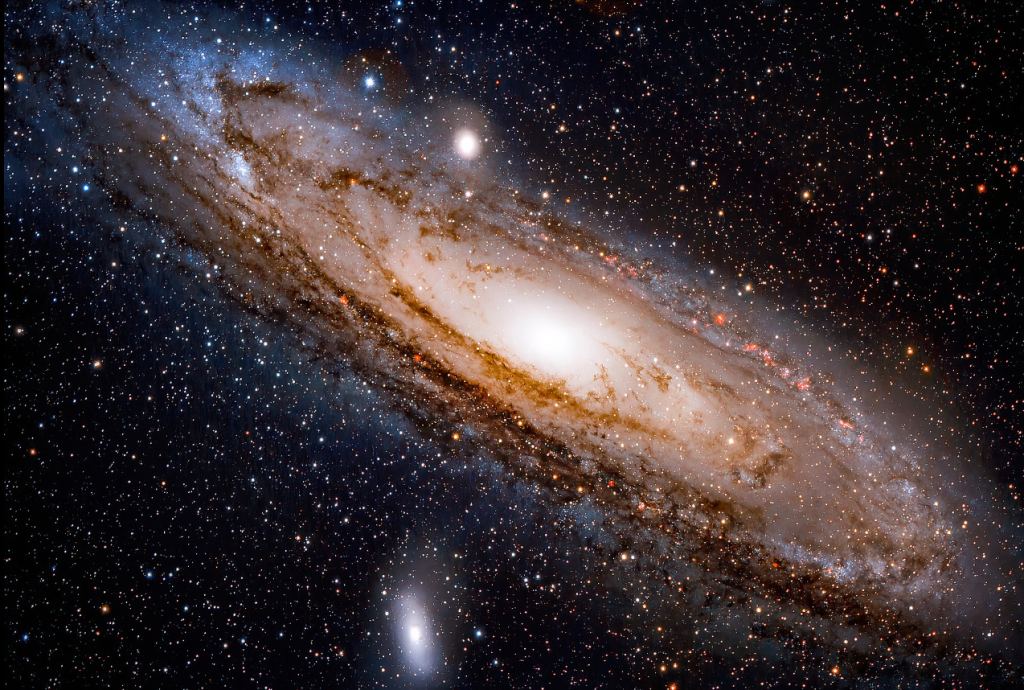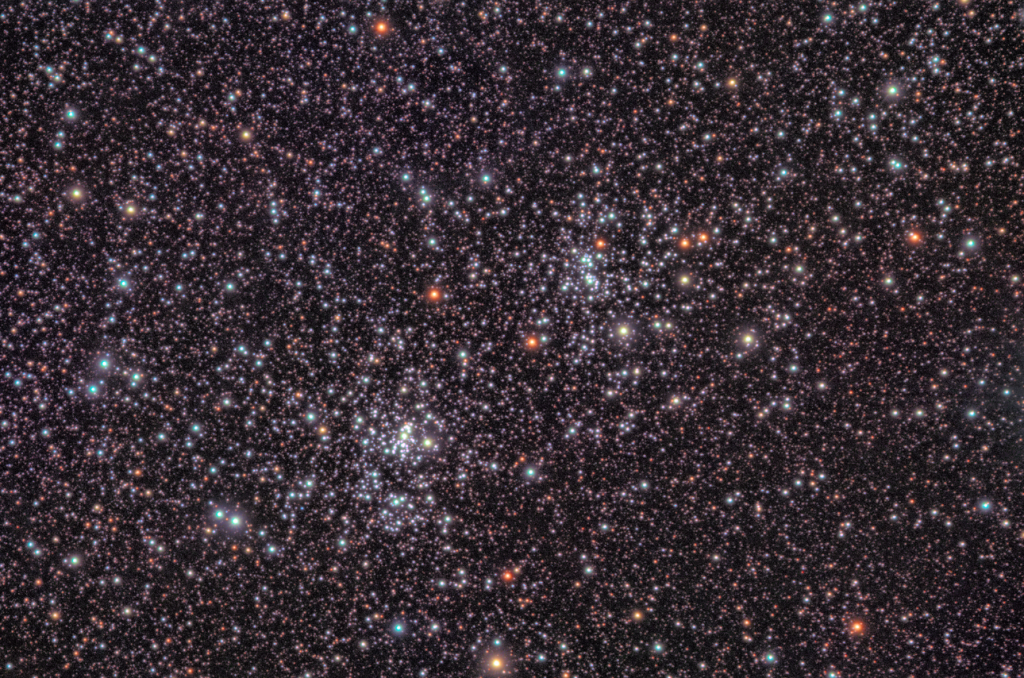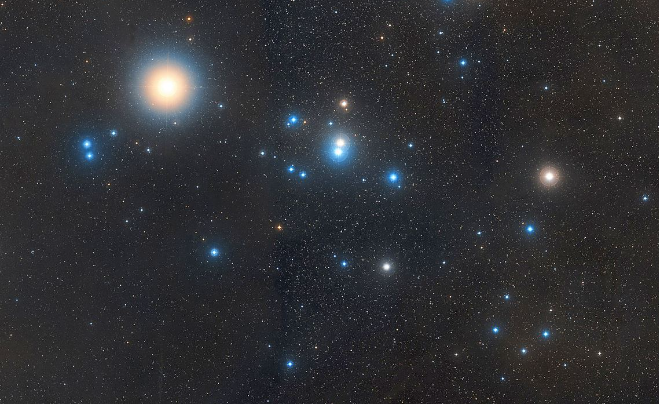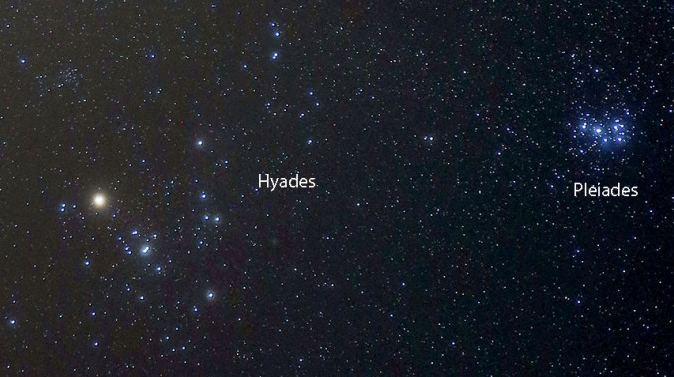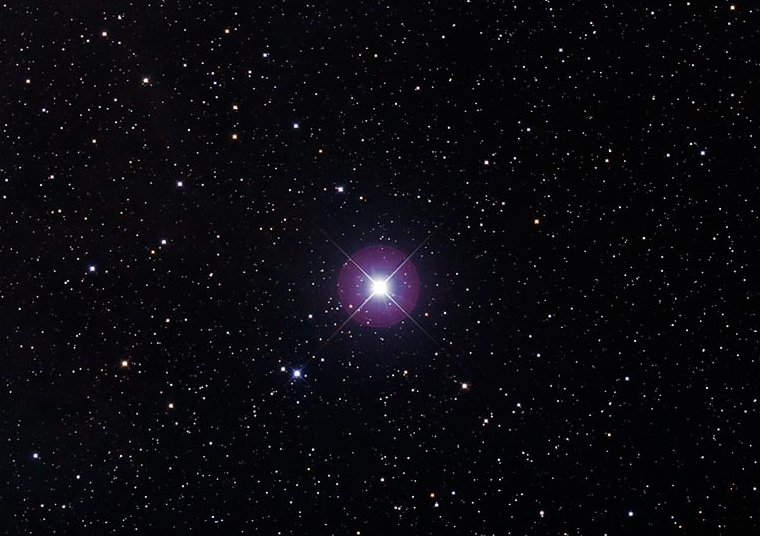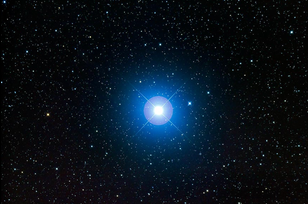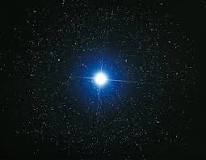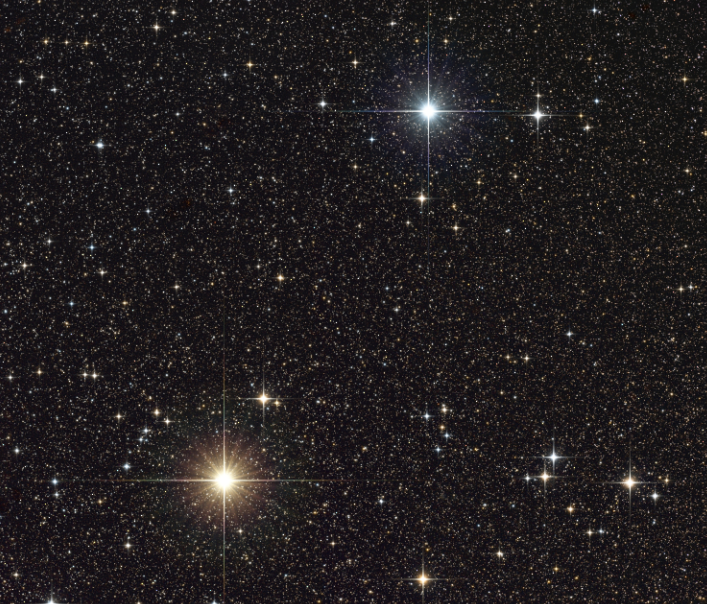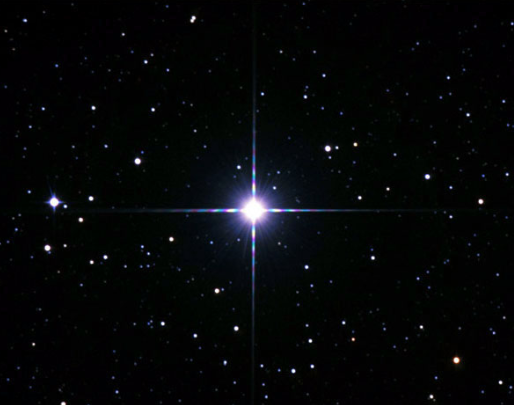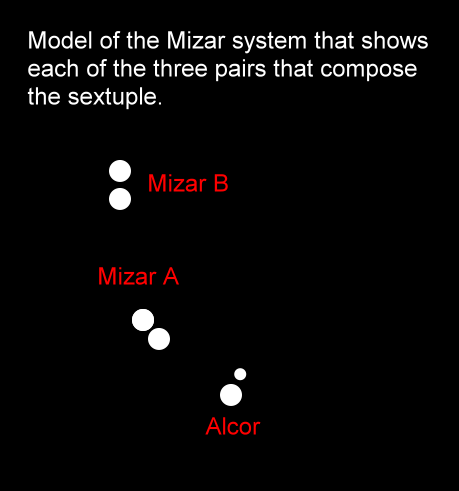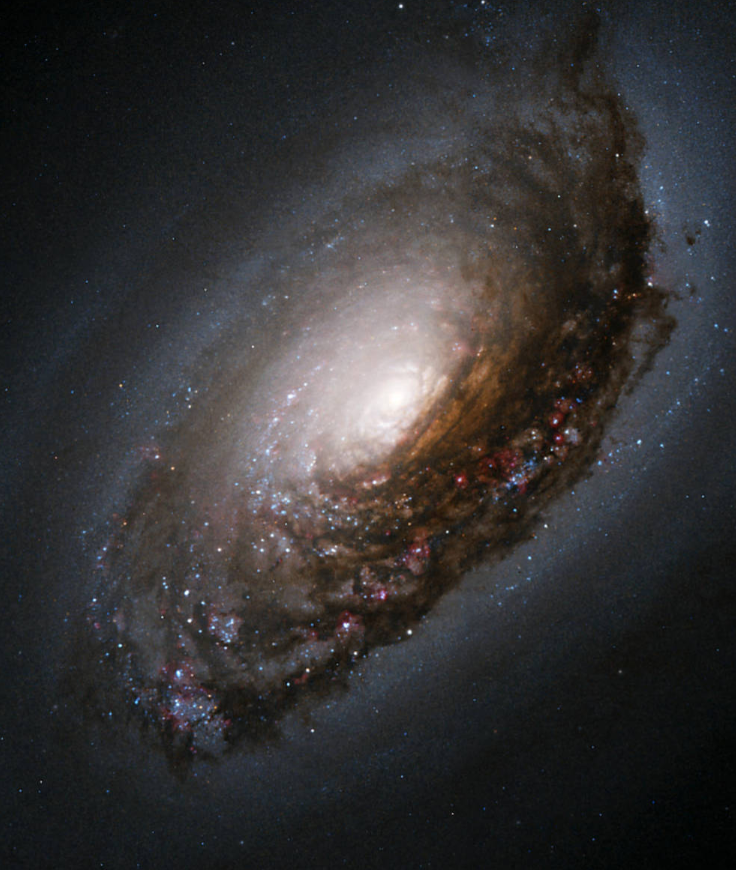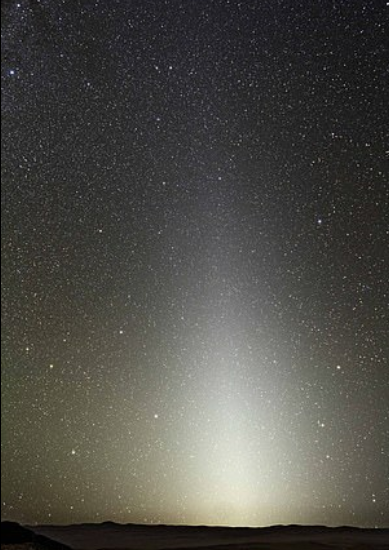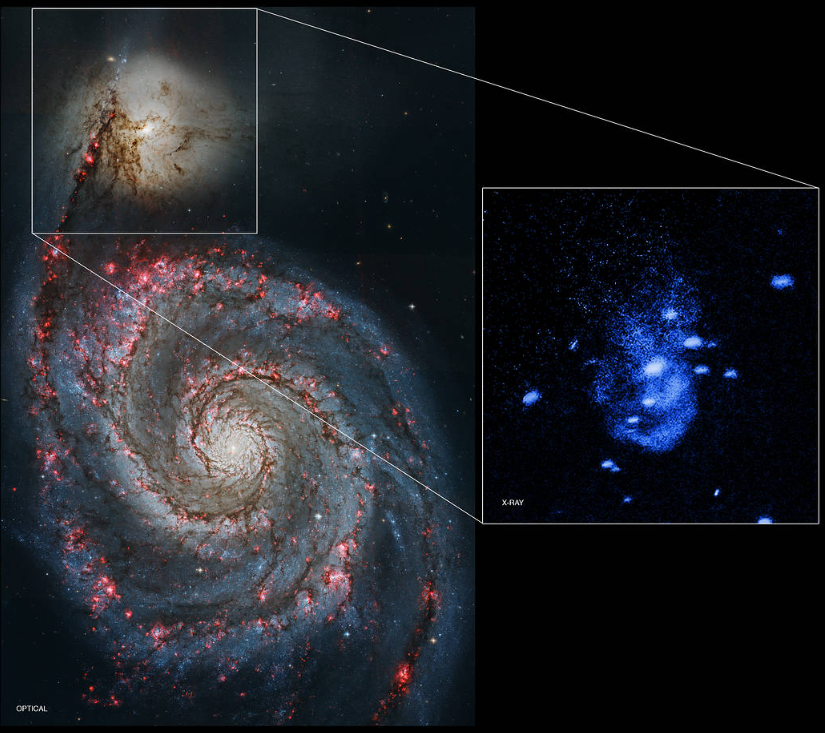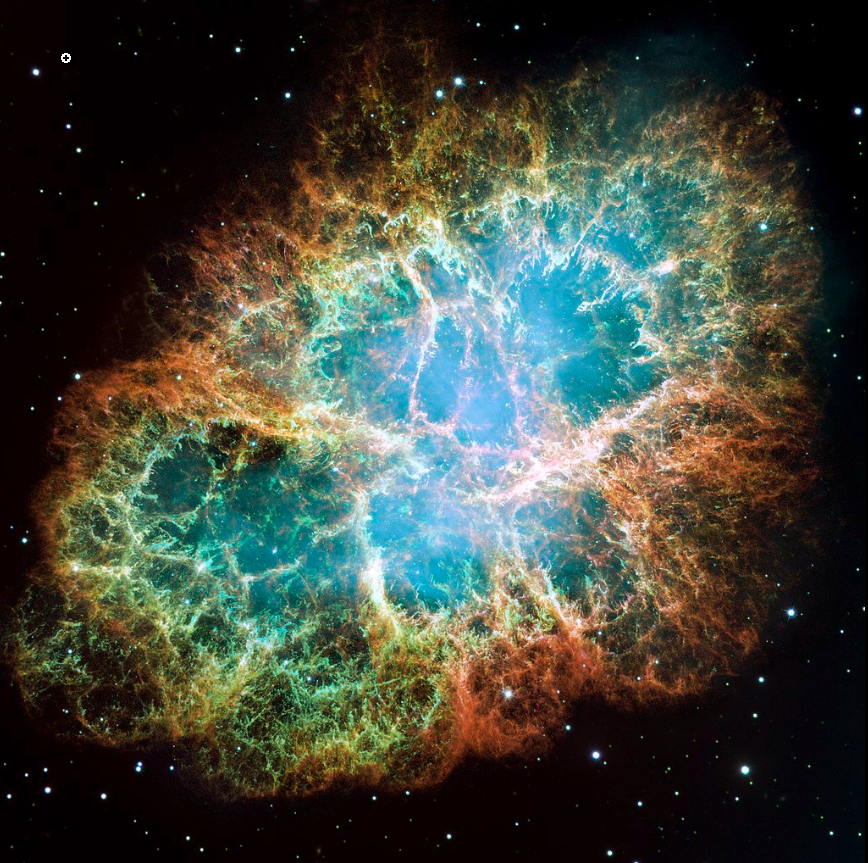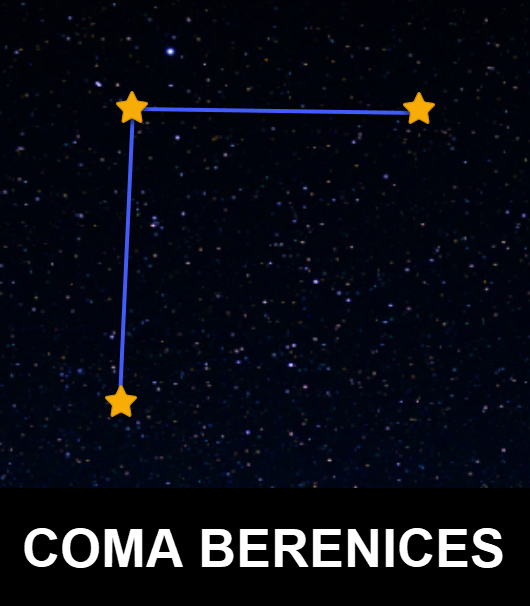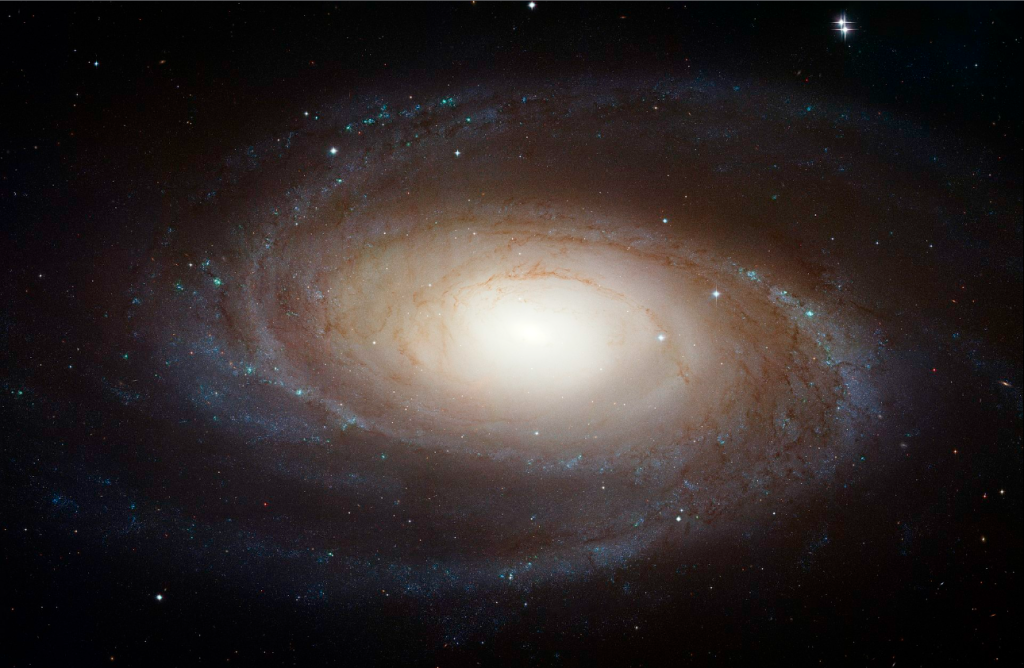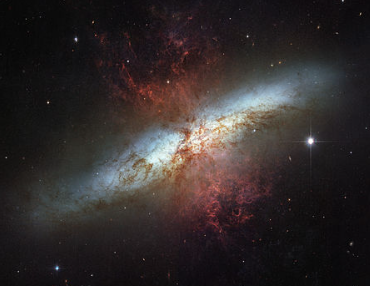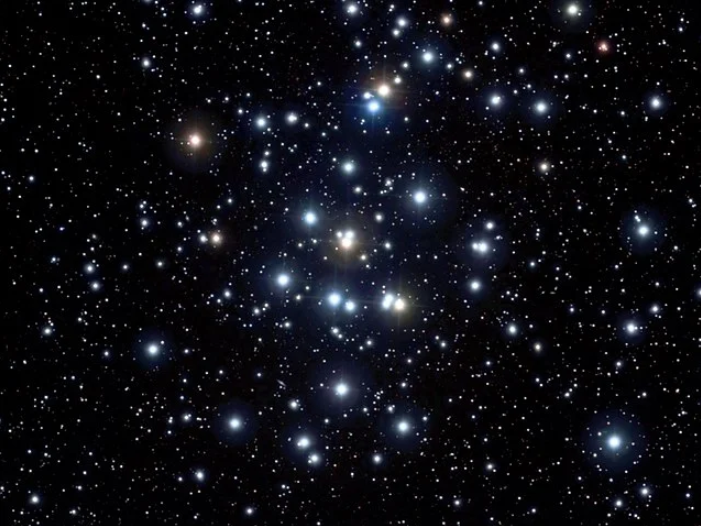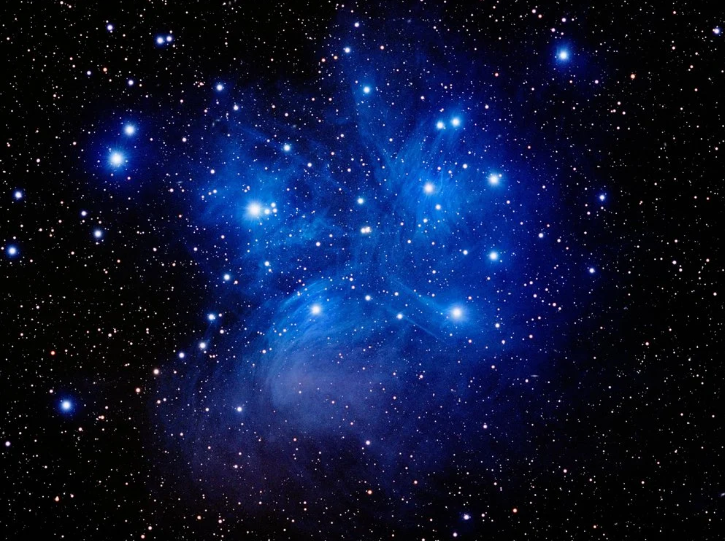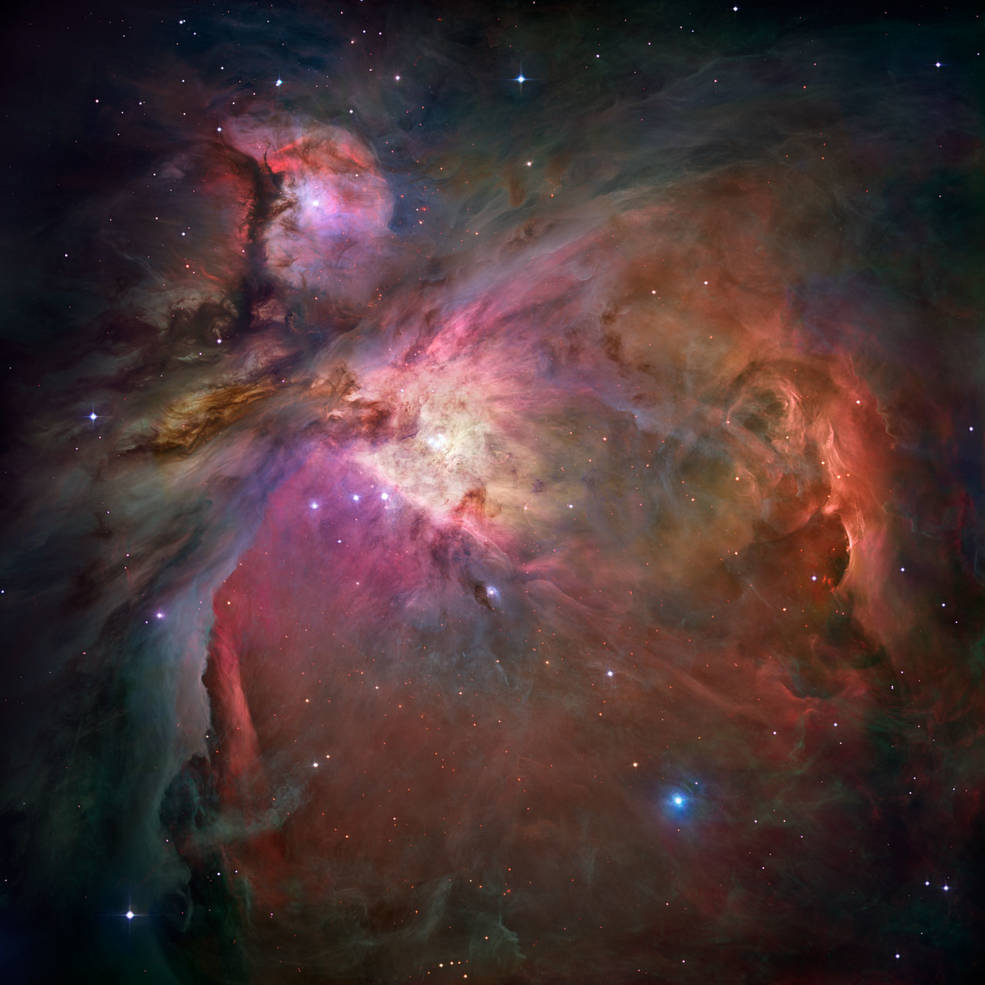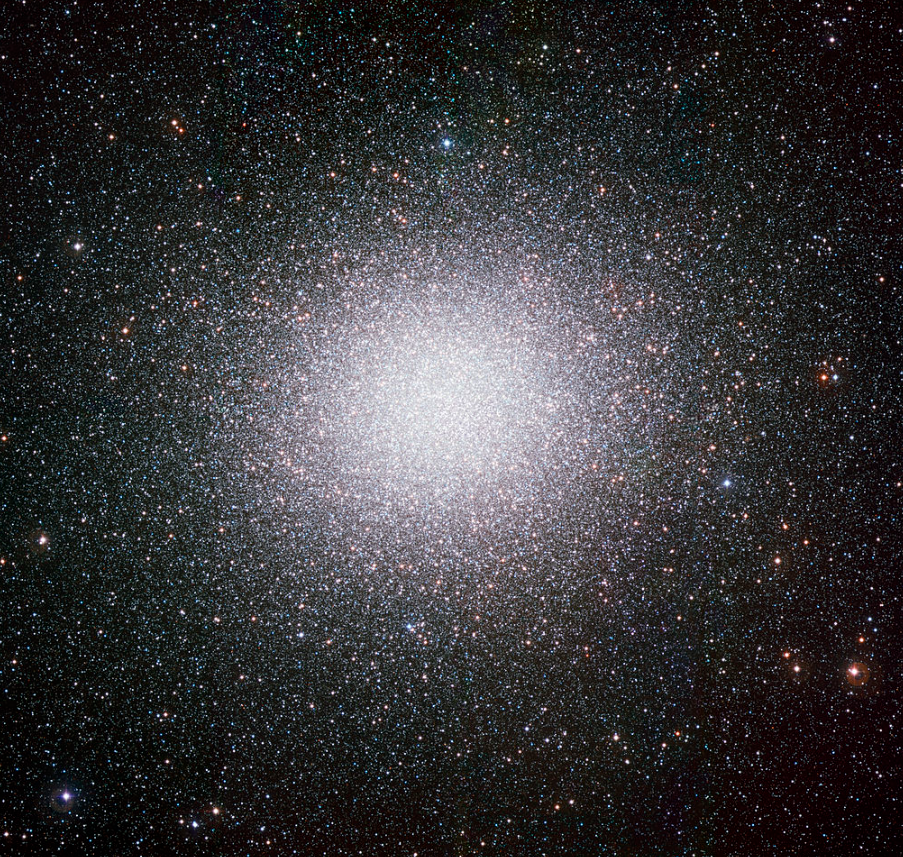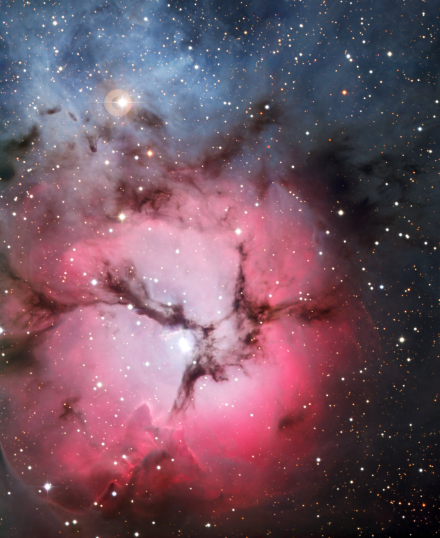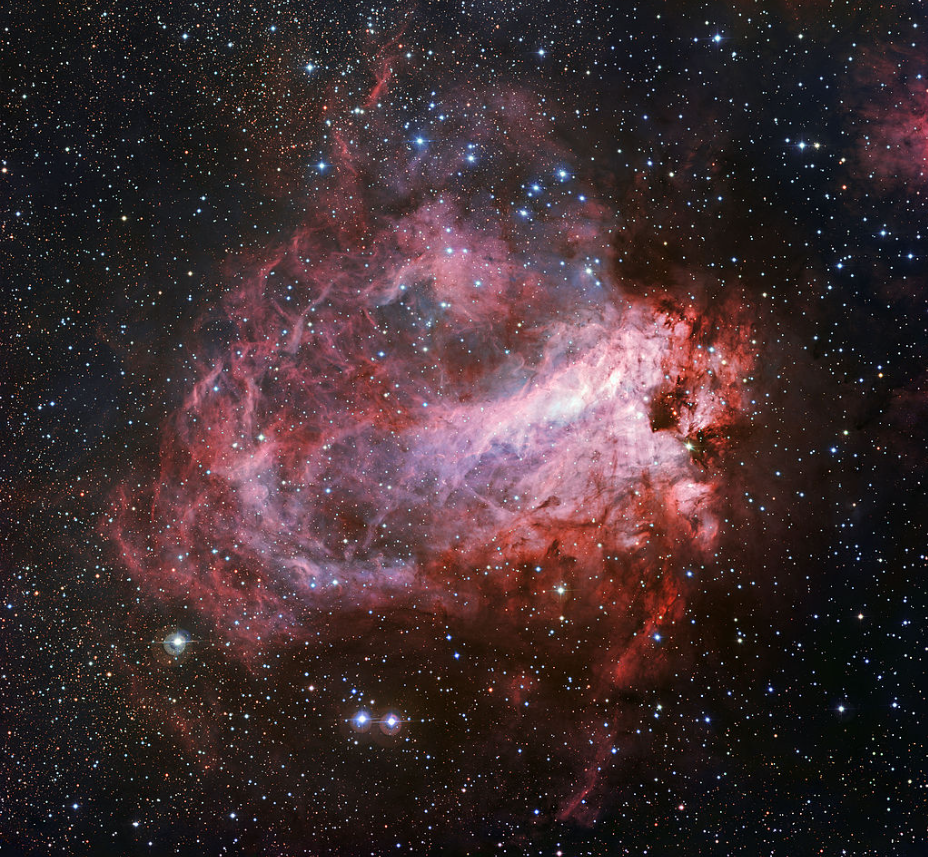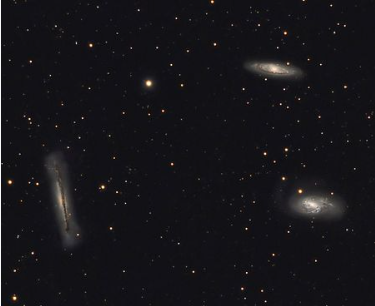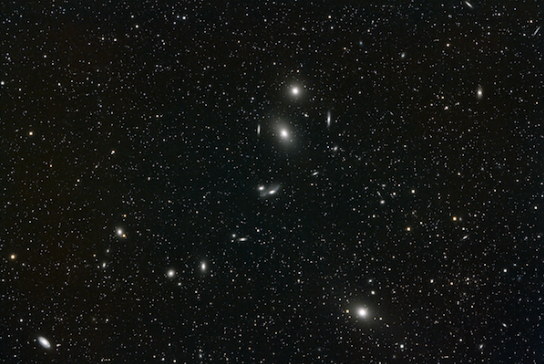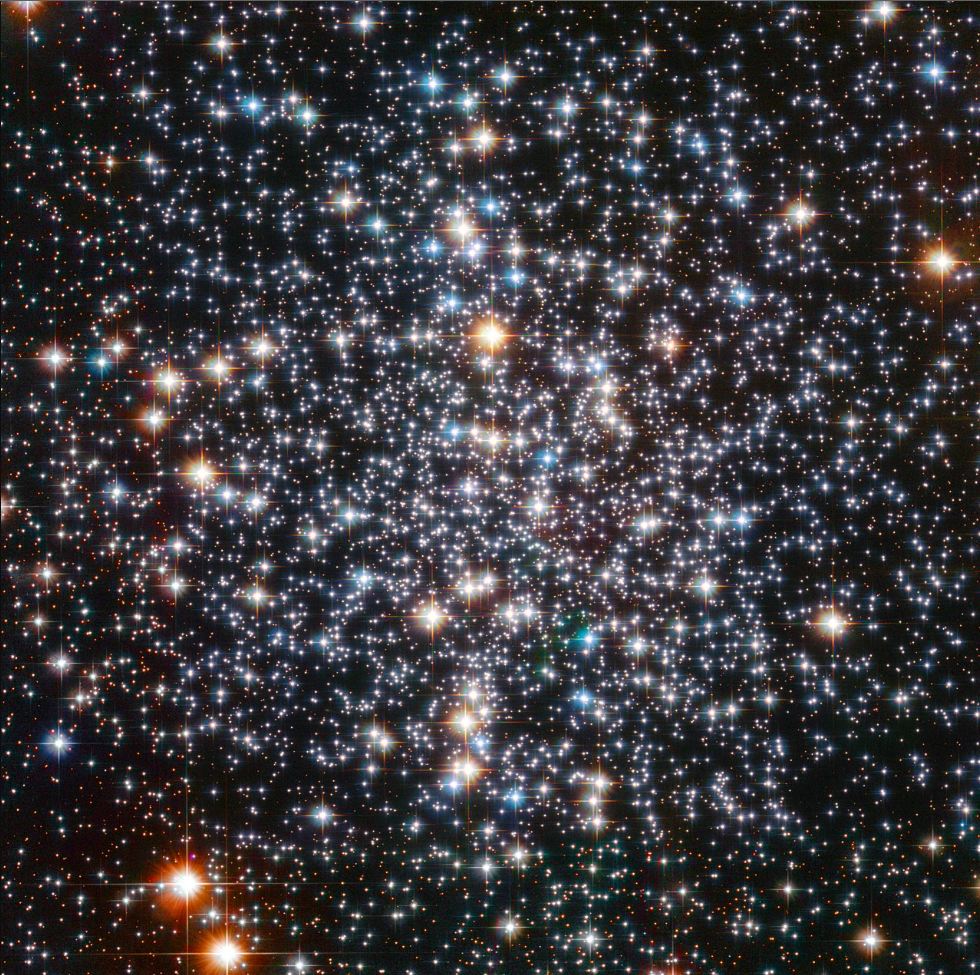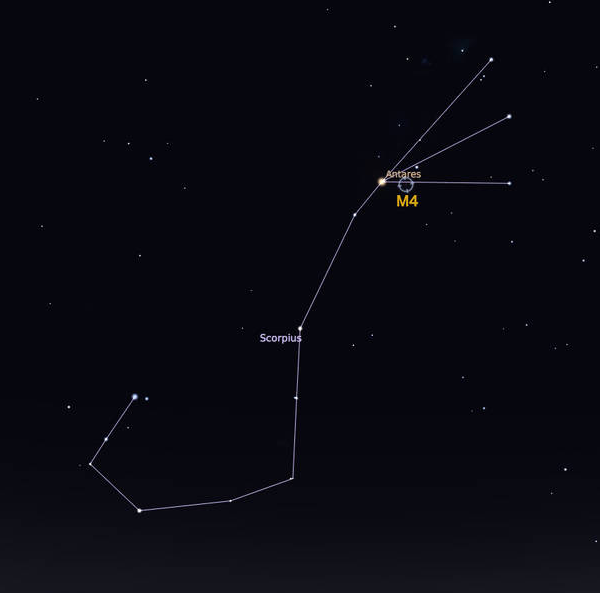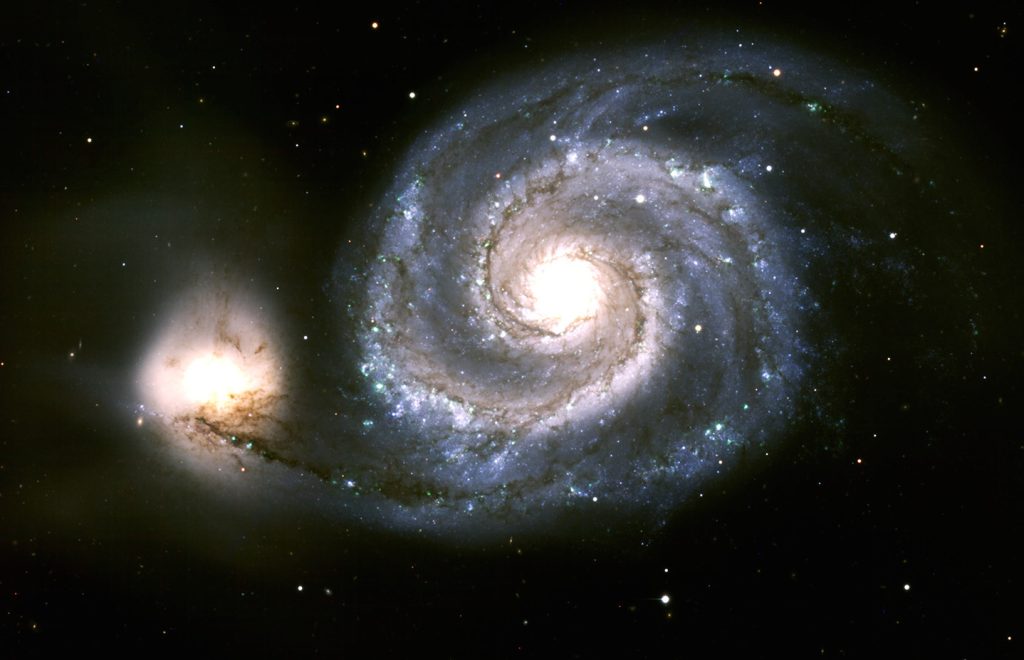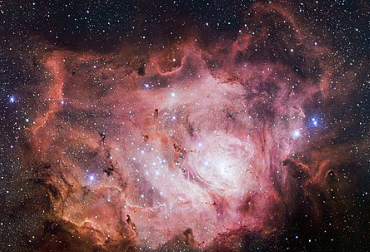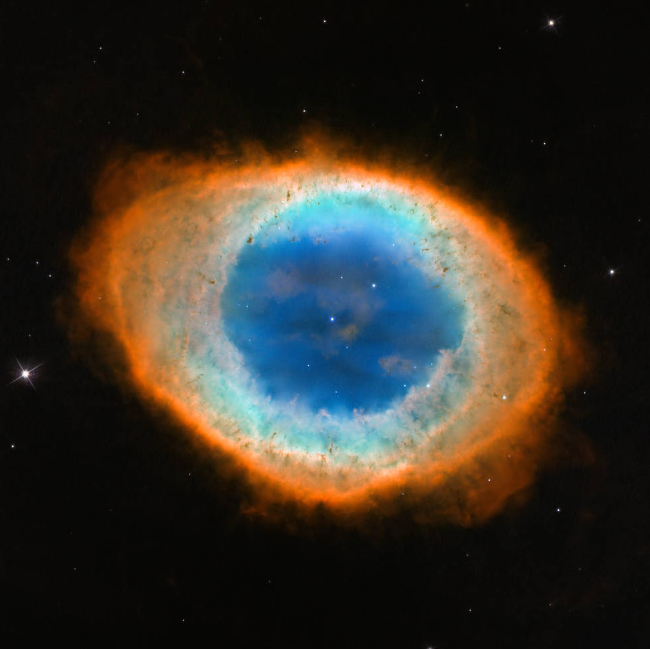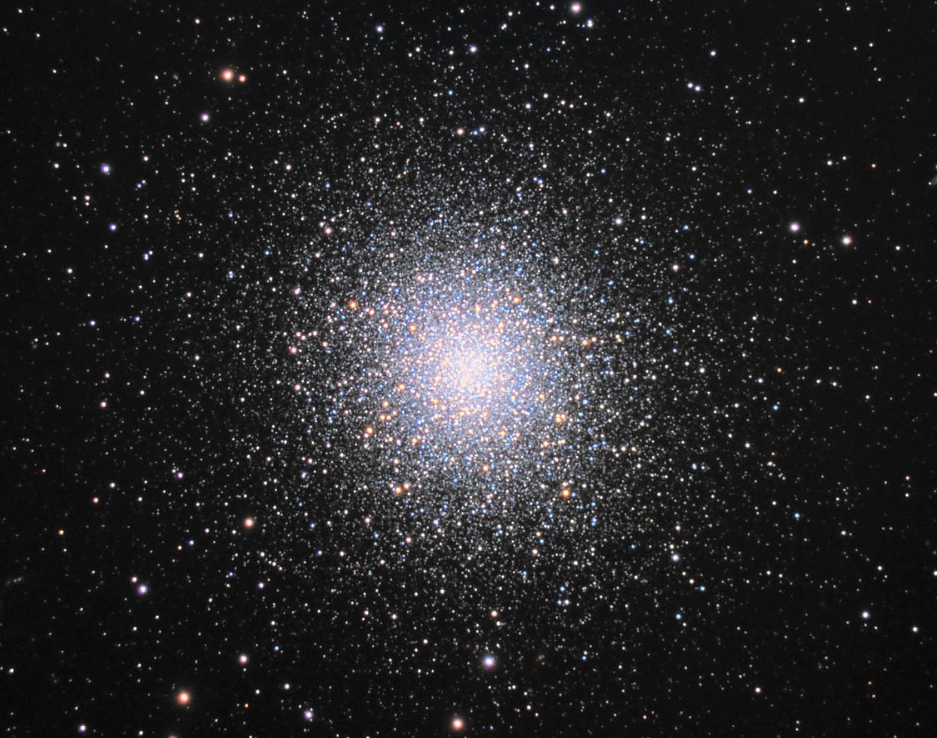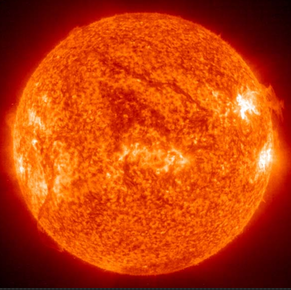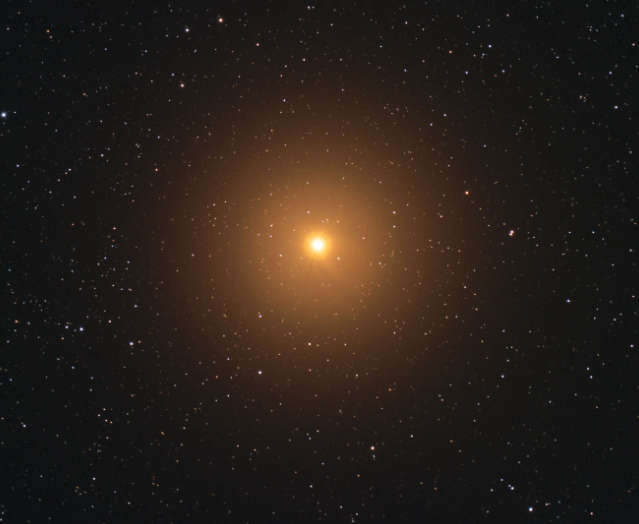- 701 W US-90, Marathon, TX 79842
- Marathon Sky Park
What & When
To See
Dark Texas Skies has a different lineup for each season to view stunning stellar objects. Regardless what season(s) you choose, you will be dazzled by the different types of unearthly celestial objects, including the constellations.
When planning your cosmic adventure, FIRST choose the best season of objects from below that you desire to observe.
SECOND, check our Moon Phase Calendar (link provided on this page) for the best nights when our bright and beautiful Moon is absent from the night sky during your visit.
Finally, make your lodging reservations to stay at the Marathon Motel & RV Park. At the conclusion of your nighttime comic adventure, you are only a short distance from your lodging, whether in a comfortable room, your RV or tent.
Winter Season
The winter months in the Northern Hemisphere are a cosmic adventurer’s sweet dream! The nights are long and the sky never ceases to amaze during the crystal-clear nights. The Perseus star band of the Milky Way is clearly visible during this season. The southwest town of Marathon, TX experiences warmer winters than other regions in the U.S.A. So, put on your lightweight coats and come out to Dark Texas Skies at night and be a cosmic adventurer!
Winter Constellations & Asterisms
The Winter constellations are those that are best observed in the night sky from December 21st through March 20th. The Northern Hemisphere seasonal constellations are listed below, including Auriga, Camelopardalis, Canis Major, Canis Minor, Gemini, Lepus, Monoceros, Orion, Taurus and Triangulum. Also during the winter months, the two asterisms, the Winter Triangle and the Winter Hexagon, as well as the dazzling Zodiacal Light, are all easily observable.
Winter Seasonal Cosmic Delights
Messier Stellar Objects & More
- Orion Nebula (M42 - Orion)
- Pleiades Cluster (M45 - Taurus)
- The Hyades Custer (C41 - Taurus)
- Crab Nebula (M1 - Taurus)
- Beehive Cluster (M44 - Cancer)
- Perseus Double Cluster (C14 - Perseus)
- Dwarf Galaxy (M32 - Andromeda)
- Dwarf Elliptical Galaxy (M110 - Andromeda)
- Flaming Star Nebula (IC 405 - Auriga)
- Tadpoles Nebula (IC 410 - Auriga)
- Zodiacal Light
Whereas there are not as many impressive galaxies to observe during the winter months, many more open star clusters are visible than listed above, such as Messier 35, Messier 36, Messier 37, Messier 38 (Starfish Cluster), Messier 41, Messier 46, Messier 47 and Messier 79.
However, if you desire to see a plethora of galaxies, then the spring and early summer seasons are for you! We can see over 70+ (some smaller, others larger) gorgeous galaxies through our large telescopes and the Oberwerk BT-100XL-ED binoculars.
Spring Season
Springtime provides the best opportunity to see the light of stars from distant galaxies far, far away. There are more galaxies visible during this time than at any other time of the year. But galaxies are not the only savory cosmic treats this season has to offer.
Spring Constellations & Asterisms
The Spring constellations are those that are best observed in the night sky from March 21st through June 20th. The most prominent Northern Hemisphere spring seasonal constellations are Boötes, Cancer, Coma Berenices, Corvus, Hydra, Leo, Ursa Major, and Virgo. The Big Dipper and Spring Triangle asterisms are also clearly in play during this time.
Spring Seasonal Cosmic Delights
Messier Stellar Objects & More
- Pinwheel Galaxy (M101 - Ursa Major)
- Beehive Open Cluster (M44 - Cancer)
- Whirlpool Galaxy (M51 - Canes Venatici)
- Dwarf Galaxy (NGC 5195 - Canes Venatici)
- Leo's Triplet (M66 Group - Leo)
- Bode's Galaxy (M81 - Ursa Major)
- Cigar Galaxy (M82 - Ursa Major)
- Omega Centauri Cluster (NGC 5139 - Centaurus)
- Zodiacal Light
The Coma Berenices in not a large constellation that we see in the Spring, yet it contains a number of famous and must see deep sky objects. Some of those to observe are the Black Eye Galaxy (M64), Messier 91, Messier 95, Messier 96, Messier 98, Messier 99, Messier 100, Messier 105, the globular cluster Messier 53, and the Needle Galaxy (NGC 4565). The Coma Berenices also contains the northern part of the Virgo supercluster of galaxies.
And how could anyone forget about M49, the brightest galaxy in the Virgo Cluster? Moreover, the globular star cluster M3 in the constellation Canes Venatici is one of the largest and brightest globular clusters in the nighttime sky.
Oh yeah, the astronomical Spring season is great. However, things heat up in the summer and it’s a blast. The illustrious constellations Scorpius and Sagittarius are awe-inspiring and their associated deep sky stellar objects. But wait, there is much more! Two of the brightest and stunning star bands of the Milky Way rise and appear to rotate counter-clockwise above our heads during the night. This is what good dreams are made of.
Summer Season
In late June, we see the Spring constellations as Cancer and Leo sink further into the western abyss with Boötes following not too far behind. But with the fading away of those Spring constellations brings the promise of the rising of other exciting constellations and the beautiful, luminous Carina-Sagittarius star bands of the Milky Way!
Summer Constellations & Asterisms
The Summer constellations are those that are best observed in the night sky from June 21st through September 20th. The interesting Northern Hemisphere seasonal constellations are Aquila, Corona Borealis, Cygnus, Delphinus, Draco, Hercules, Lepus, Libra, Lyra, Sagitta, Sagittarius, Scorpius, Vulpecular and the Coathanger. The circumpolar constellations, Ursa Major, Ursa Minor, Cepheus and Draco are easily visible. During this season, the two asterisms, the Summer Triangle, Northern Cross and the Teapot (in Sagittarius) asterisms are also easily observable.
Summer Seasonal Cosmic Delights
Messier Stellar Objects & More
- Ring Nebula (M57 - Lyra)
- Whirlpool Galaxy (M51 - Canes Venatici)
- Dwarf Galaxy (NGC 5195 - Canes Venatici)
- Scorpius Globular Cluster (M4 - Scorpius)
- Lagoon Nebula (M8 - Sagittarius)
- Trifid Nebula (M20 - Sagittarius)
- Omega/Swan Nebula (Sagittarius)
- Hercules Globular Cluster (M13 - Hercules)
- Globular cluster (M92 - Hercules)
- Dumbbell Nebula (M27 - Vulpecula)
- Zodiacal Light
Other than the seasonal cosmic delights listed above, the Summer nighttime sky is full of other notable objects, such as the Pelican Nebula, North America Nebula, Veil Nebula, Crescent Nebula, Soap Bubble Nebula, and Tulip Nebula.
With the start of the Fall astronomical season in the Northern Hemisphere, the last days of summer are upon us, and that means the nights will become longer, darker and earlier until the Winter Solstice in December. Because the dark sky season begins, there are a numerous exciting new annual sights such as the huge Andromeda Galaxy and the bright and beautiful star Sirius. Come to a Dark Texas Skies’ star party during astronomical Fall and you will be richly rewarded.
Fall Season
Summer is gone, and so has those seasonal celestial objects along with the warmer temperatures! We experience longer and more pleasant cooler nights, so it’s time to embrace an exciting new season. The Fall season brings the Perseus star band of the Milky Way into view. It stretches across the sky from the constellation Cassiopeia through Perseus and Auriga to Gemini and Monoceros.
Fall Constellations & Asterisms
The Fall constellations are those that are best observed in the night sky from September 21st through December 20th. The most prominent Northern Hemisphere seasonal constellations are Aquarius, Andromeda, Aries, Cassiopeia, Cepheus, Cetus, Perseus, Pegasus, Pisces, and the Triangulum. While the Autumn stars may not be as bright or spectacular as those found in Winter, Spring, or Summer, the Fall constellations are easier to recognize than any other season.
Fall Seasonal Cosmic Delights
Messier Stellar Objects & More
- Perseus Double Cluster (C14 - Perseus)
- Stickman Asterism (Perseus)
- Andromeda Galaxy (M31 - Andromeda)
- Globular Cluster (M15 - Pegasus)
- Heart Nebula (IC 1805 - Cassiopeia)
- Carolina's Rose Nebula (NGC 7789 - Cassiopeia)
- ET Asterism (Cassiopeia)
- Sculptor Galaxy (NGC 253 - Sculptor)
- Helix Nebula (NGC 7293 - Aquarius)
- Zodiacal Light
With the passing of the Fall season, the Great Orion Constellation rises in the more cool and still air of the Winter months. This constellation boasts the largest and brightest nebula seen from the Northern Hemisphere, the Orion Nebula, which measures about 24 light-years across! This nebula is one of the most scrutinized and photographed stellar objects in the night sky. You will not want to miss it!!
By now, you may have come to realize that it is far too difficult to decide to visit Dark Texas Skies in Marathon, TX during just one season. Don’t be confronted with such a difficult choice, but choose instead several seasons. Bring the entire family and enjoy a peaceful and relaxing time under the stars. If you have binoculars, they will enhance your dark sky viewing.

